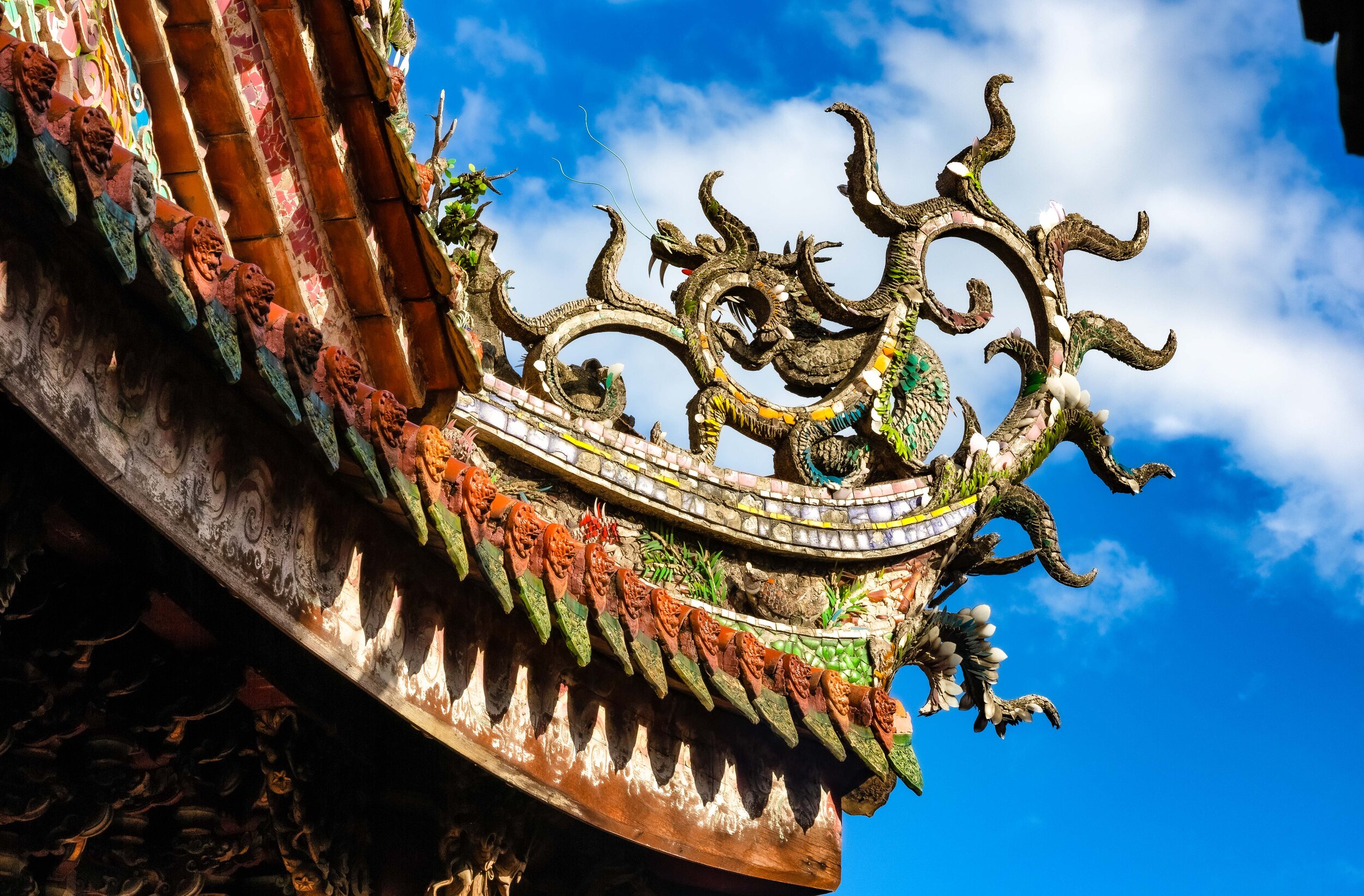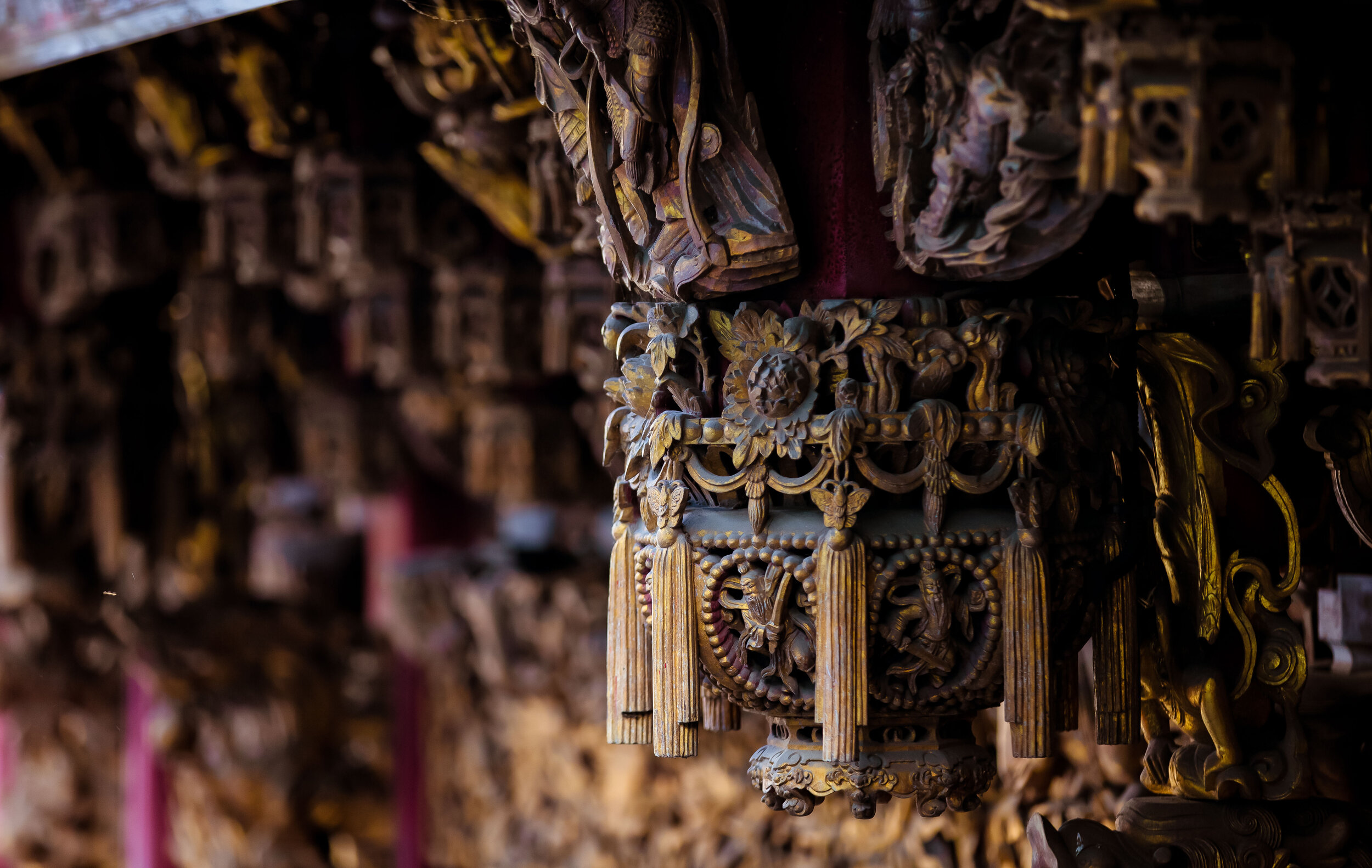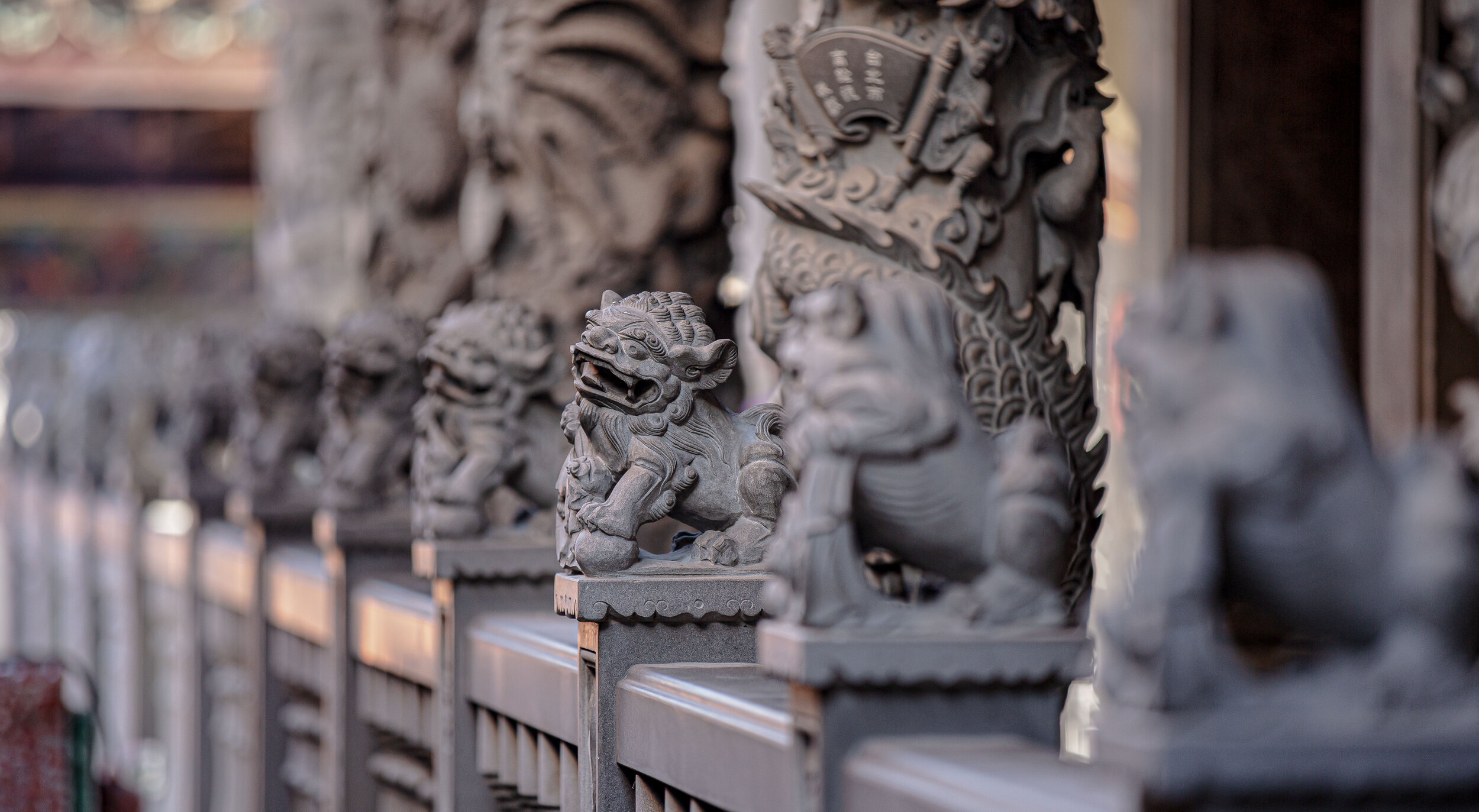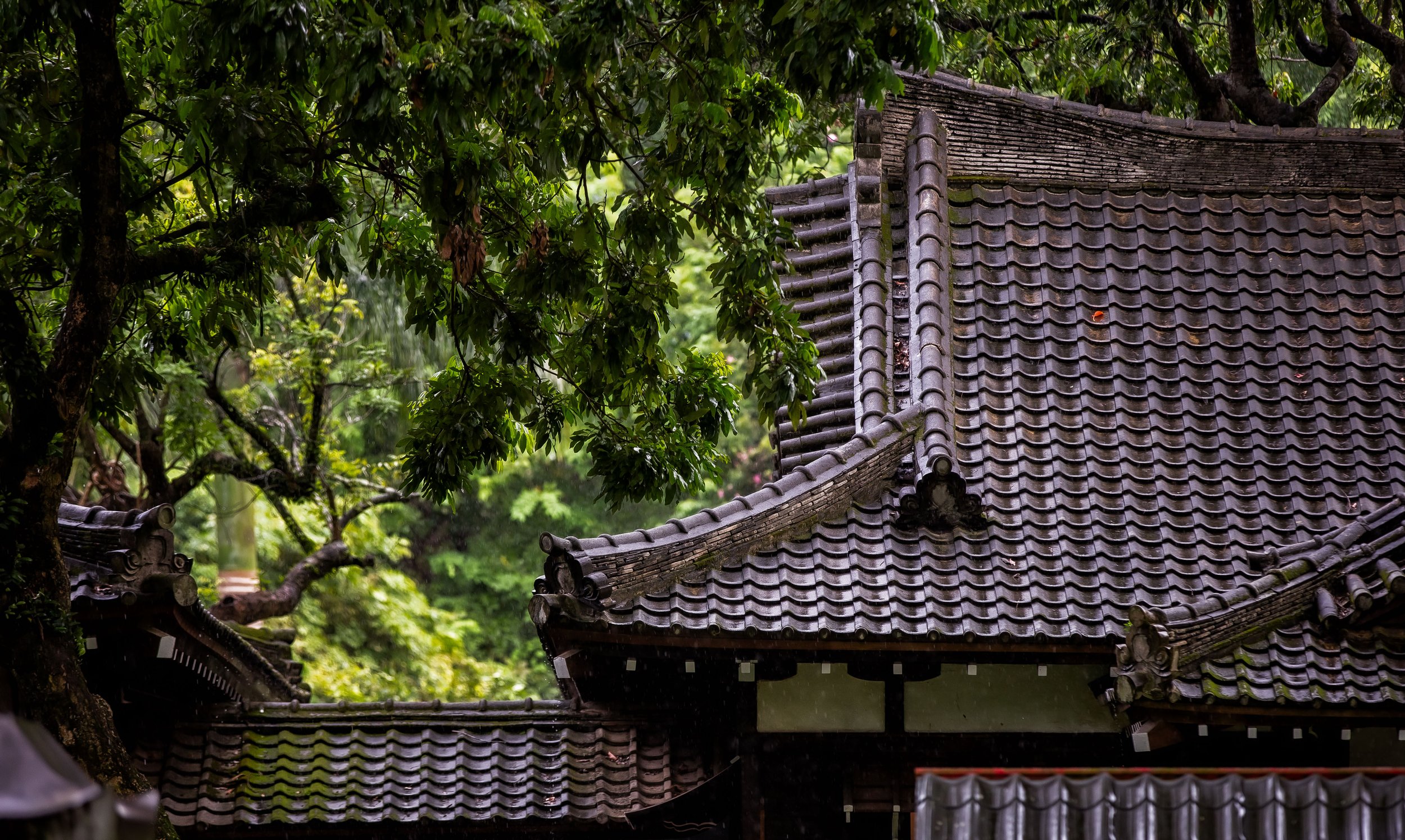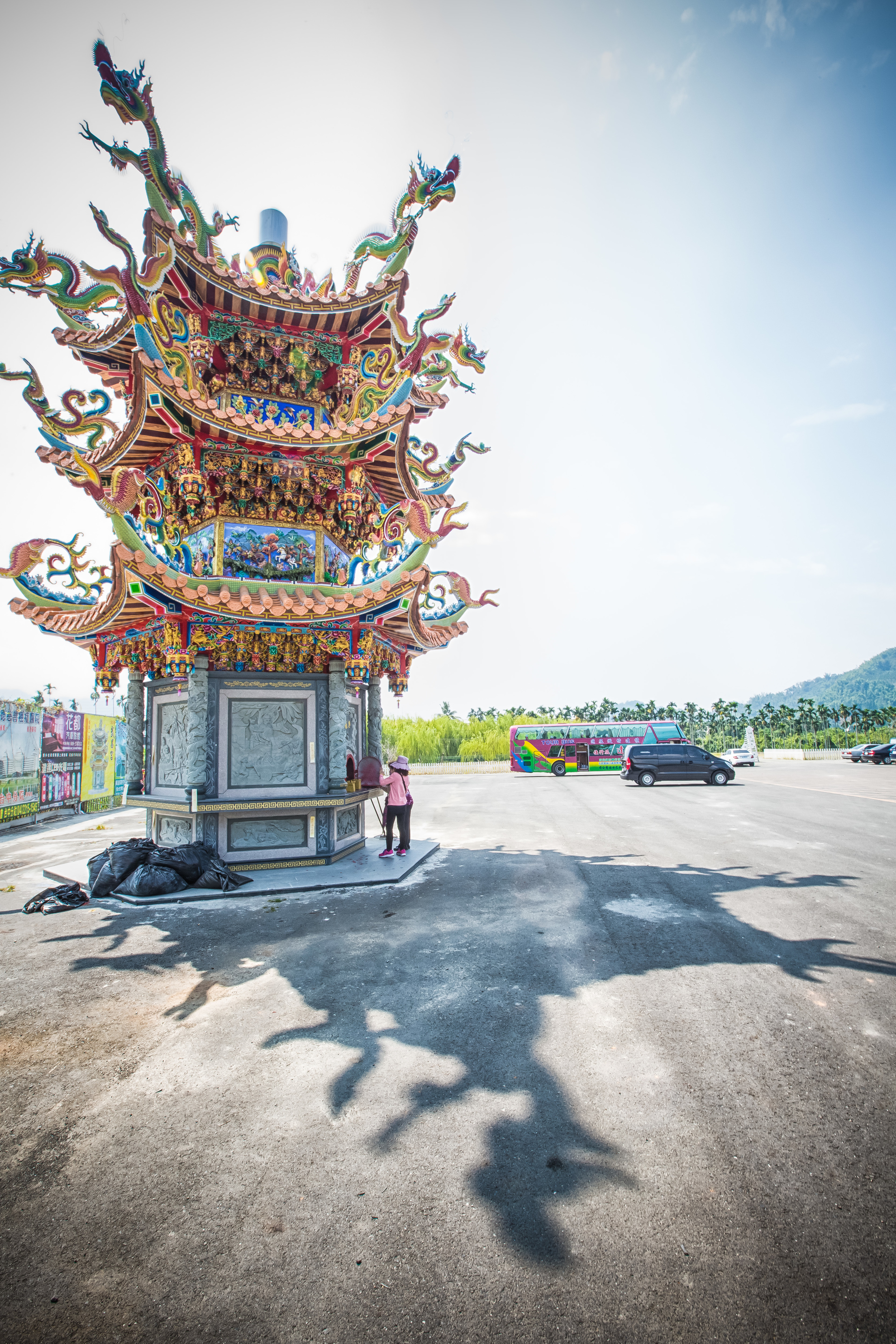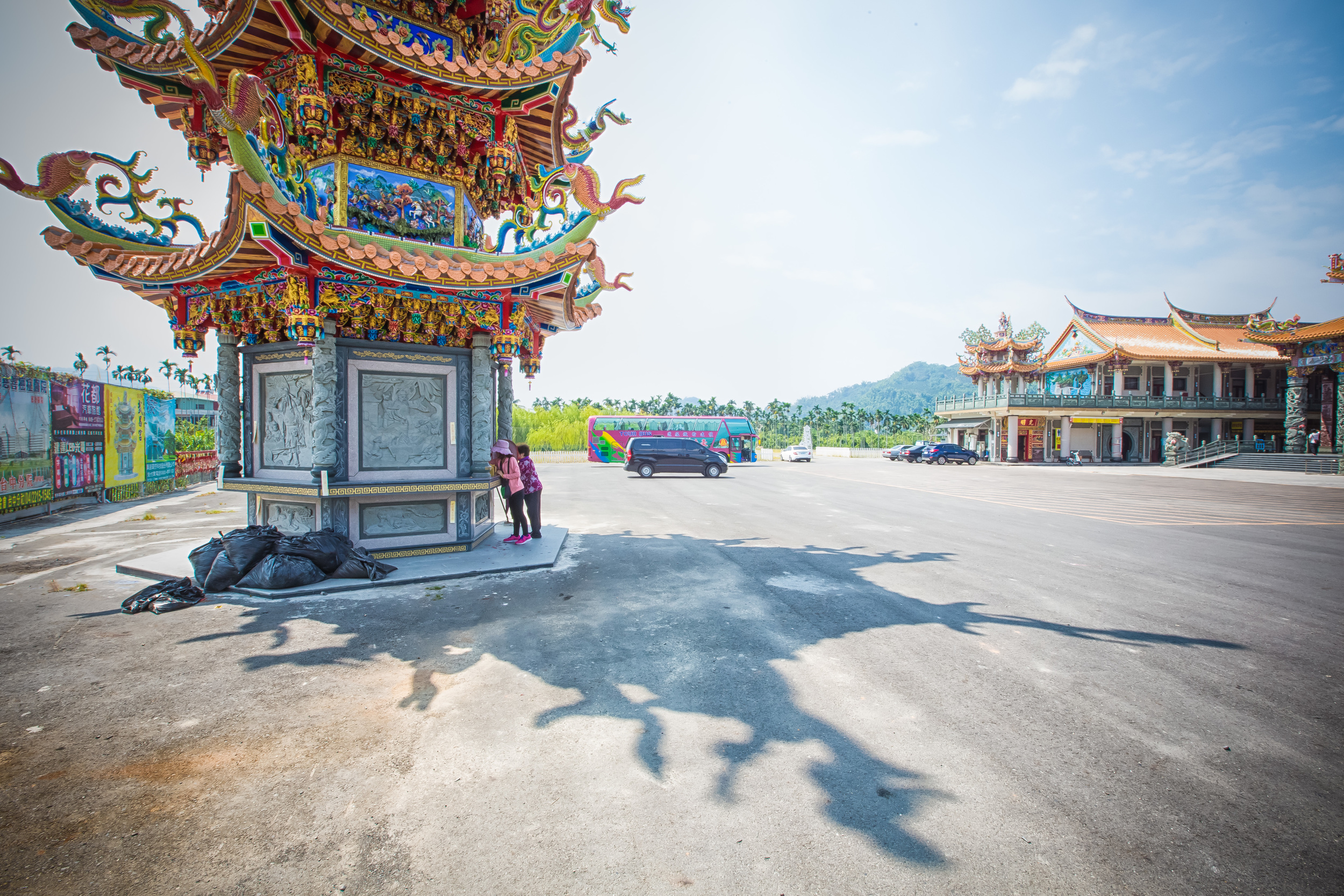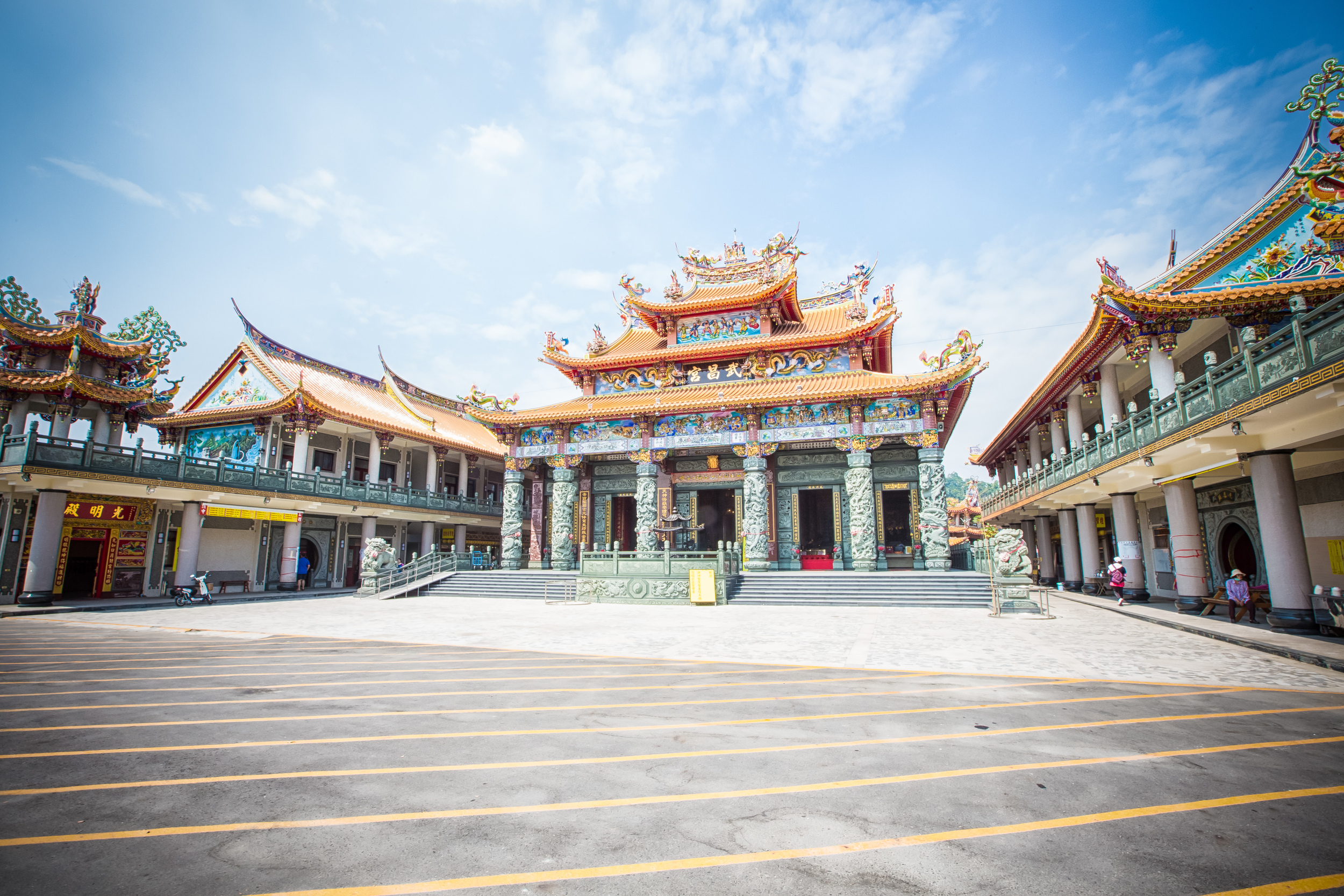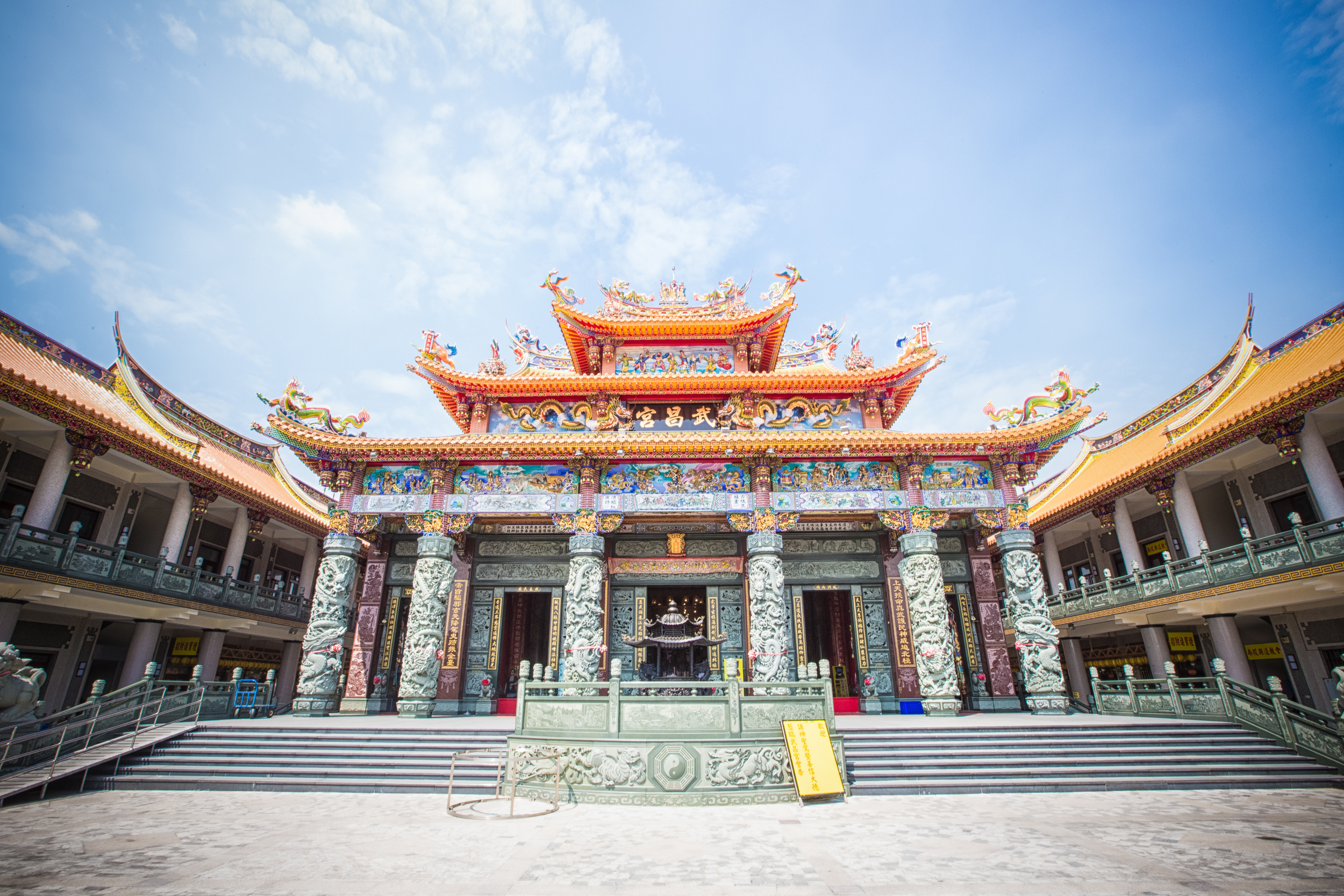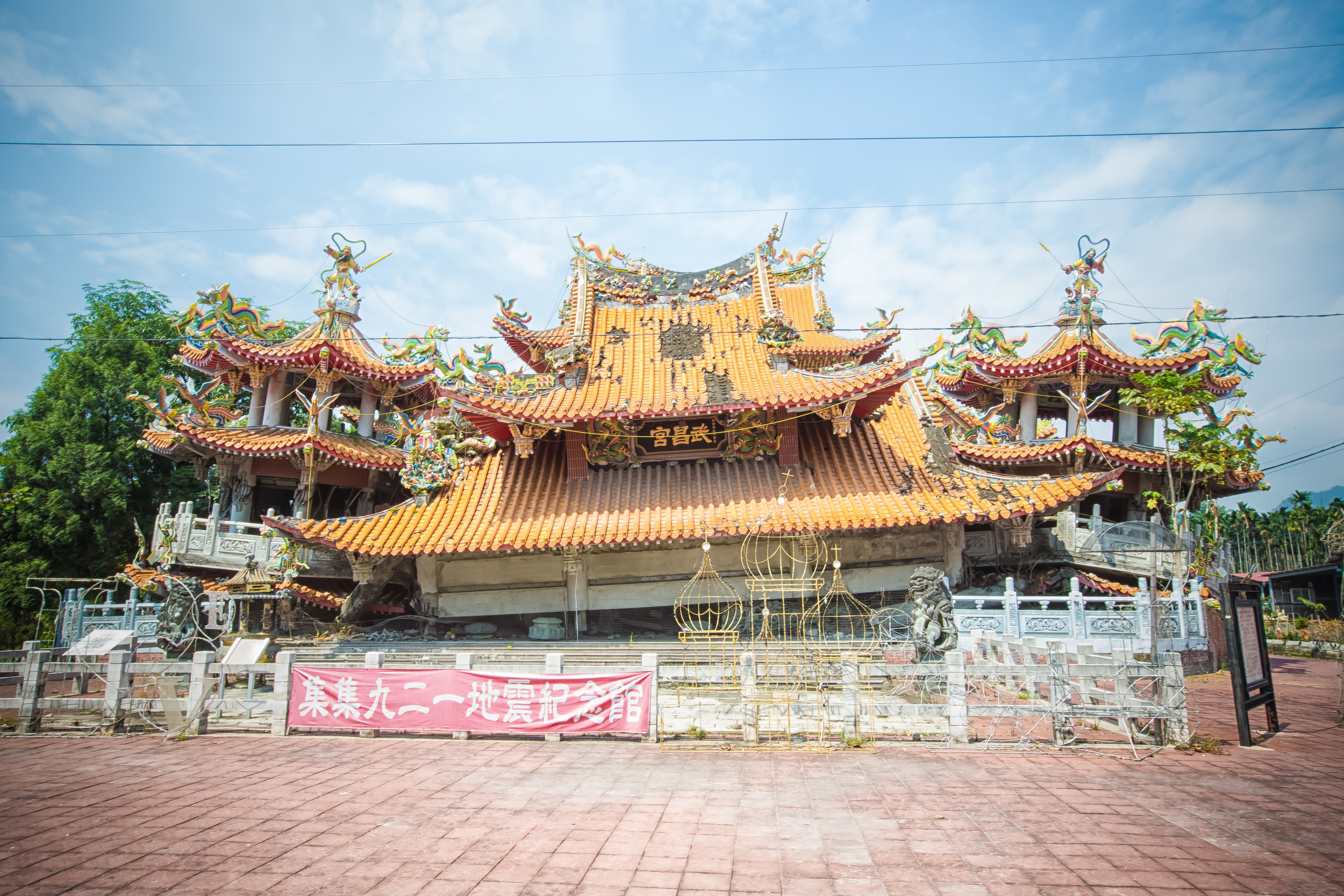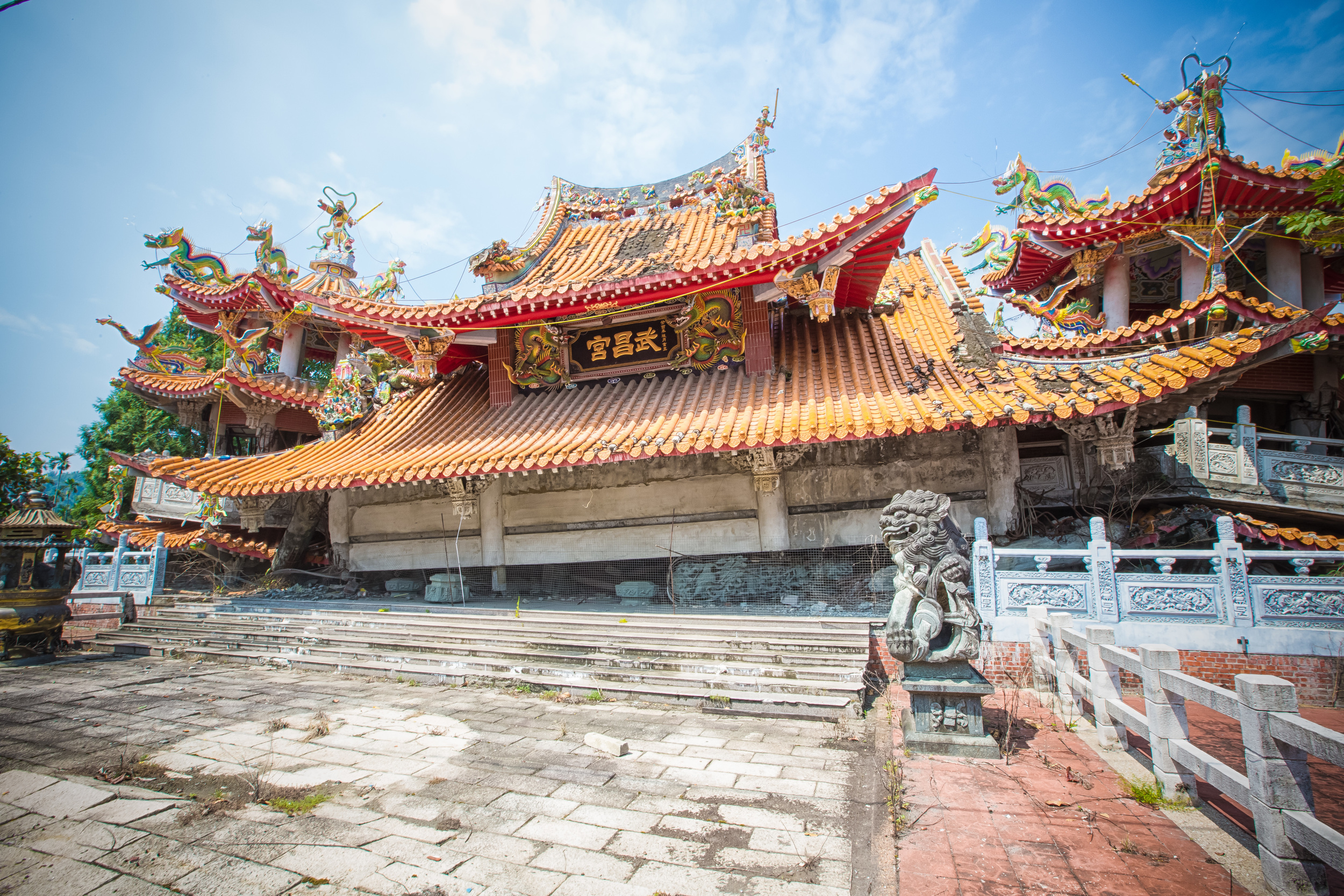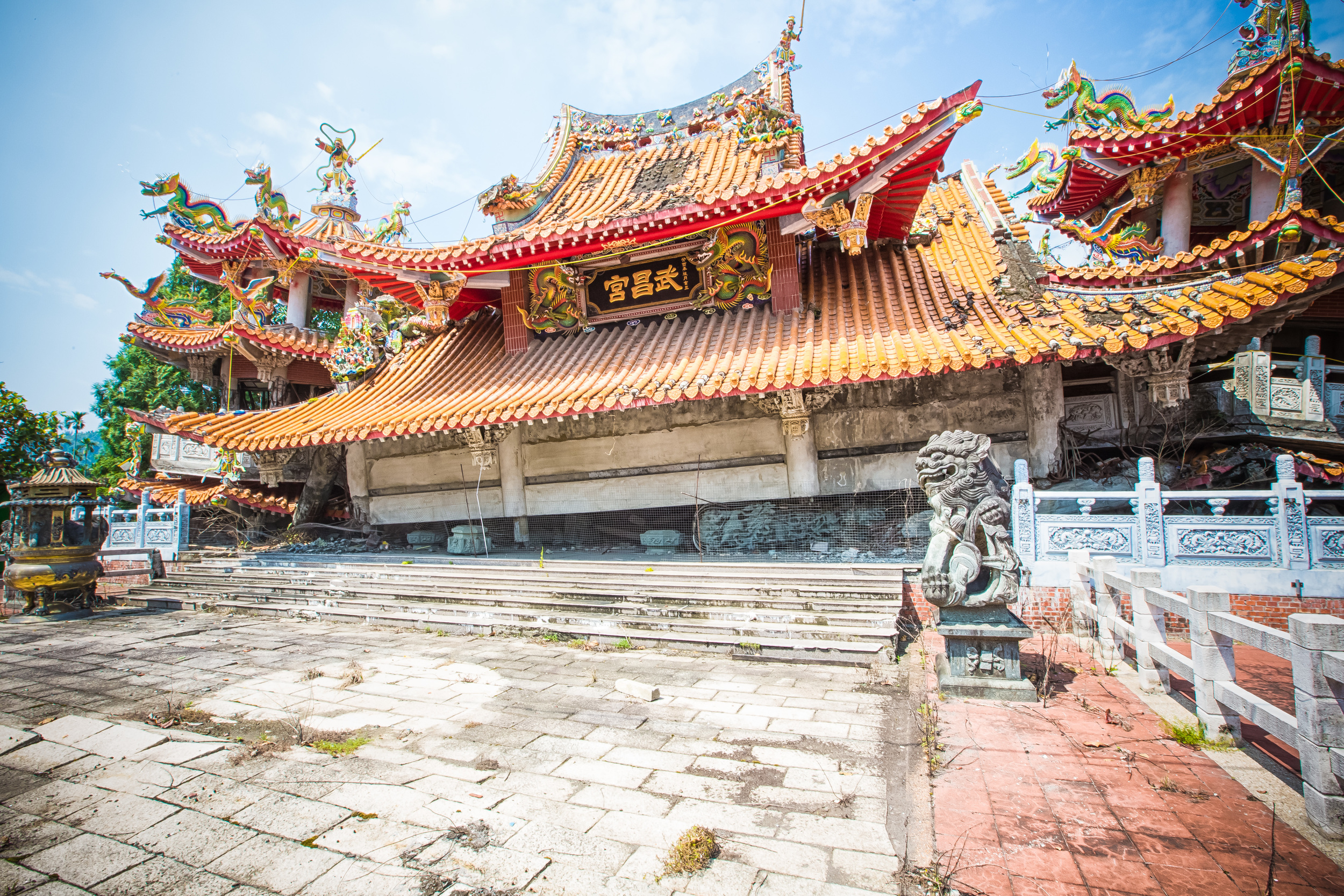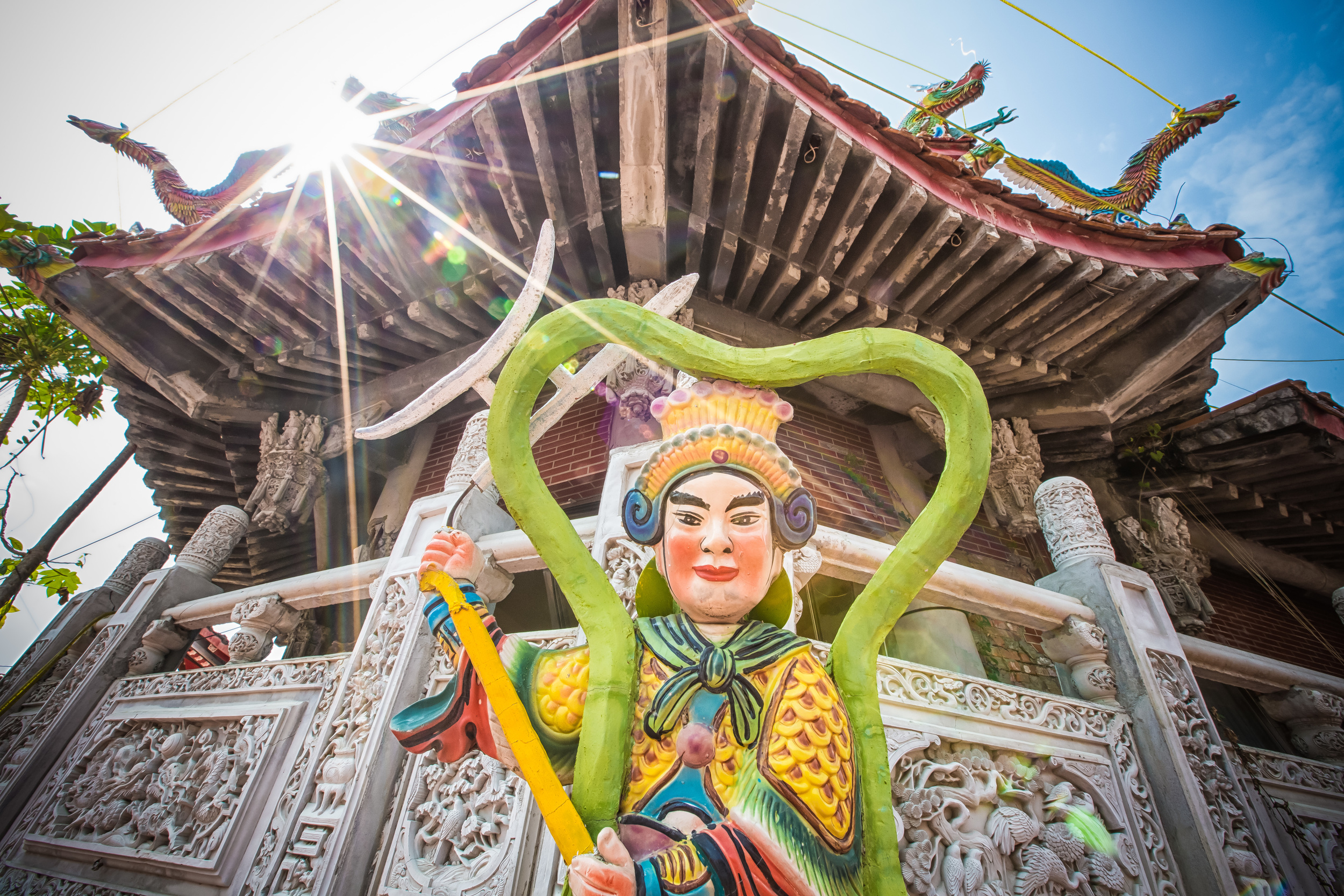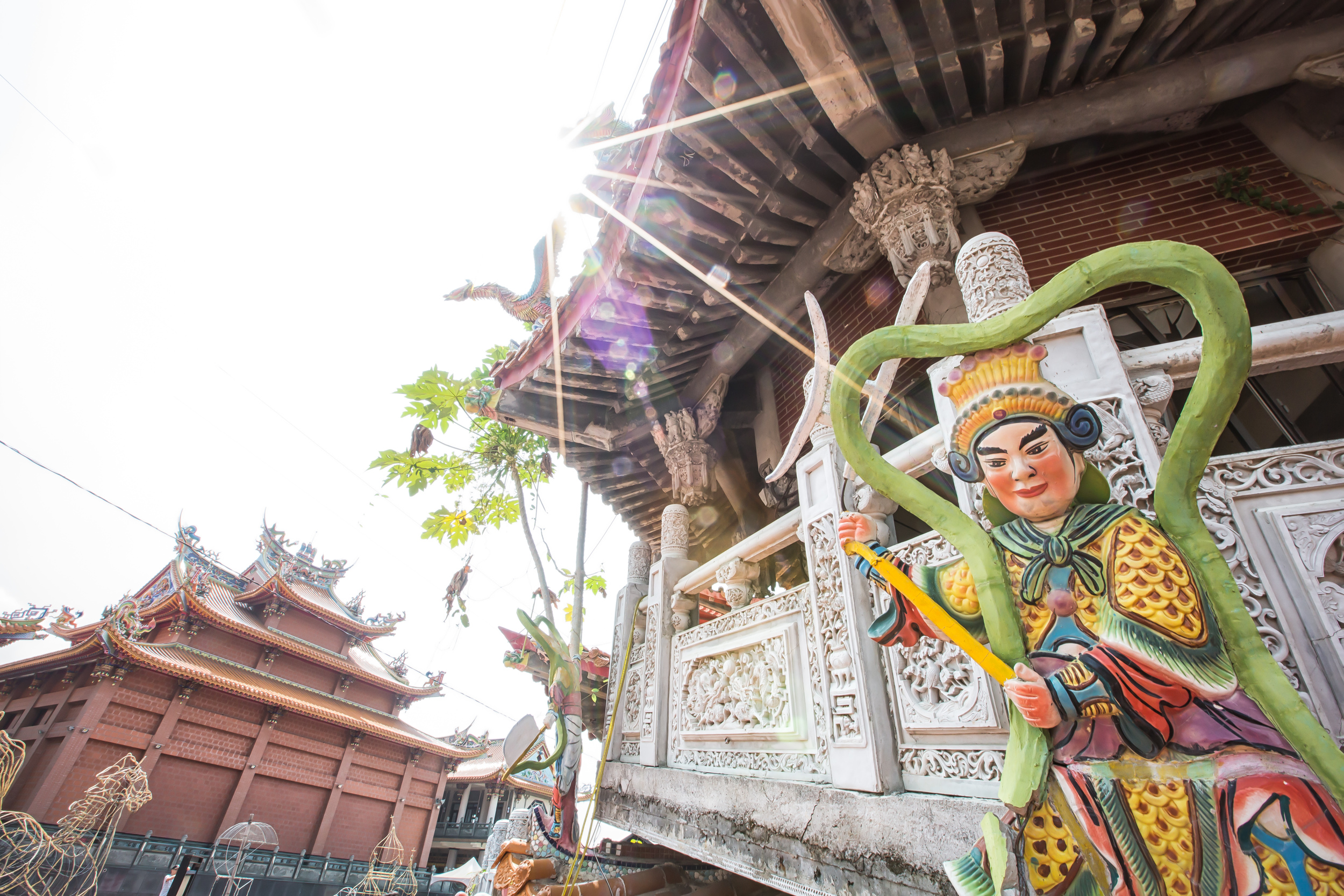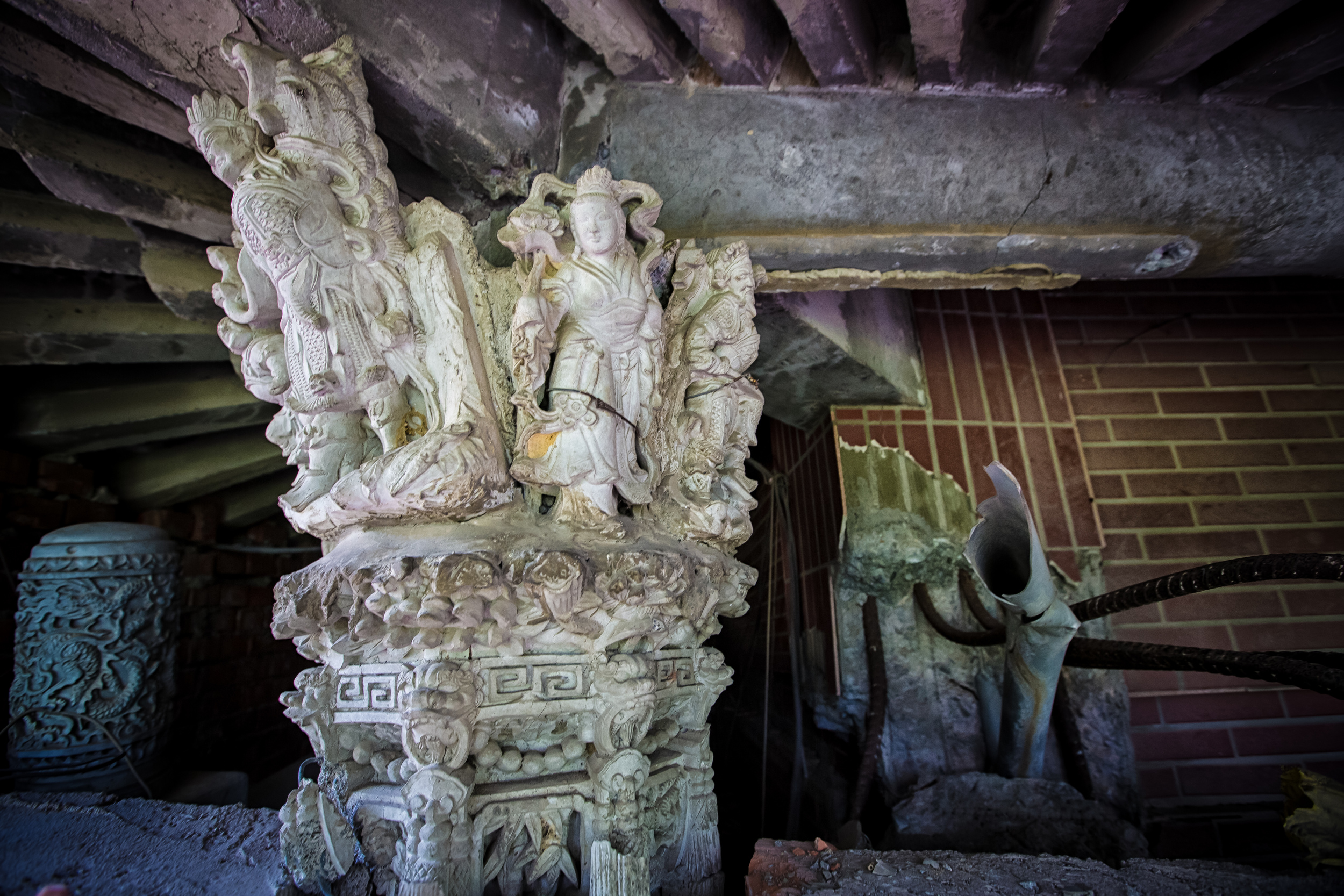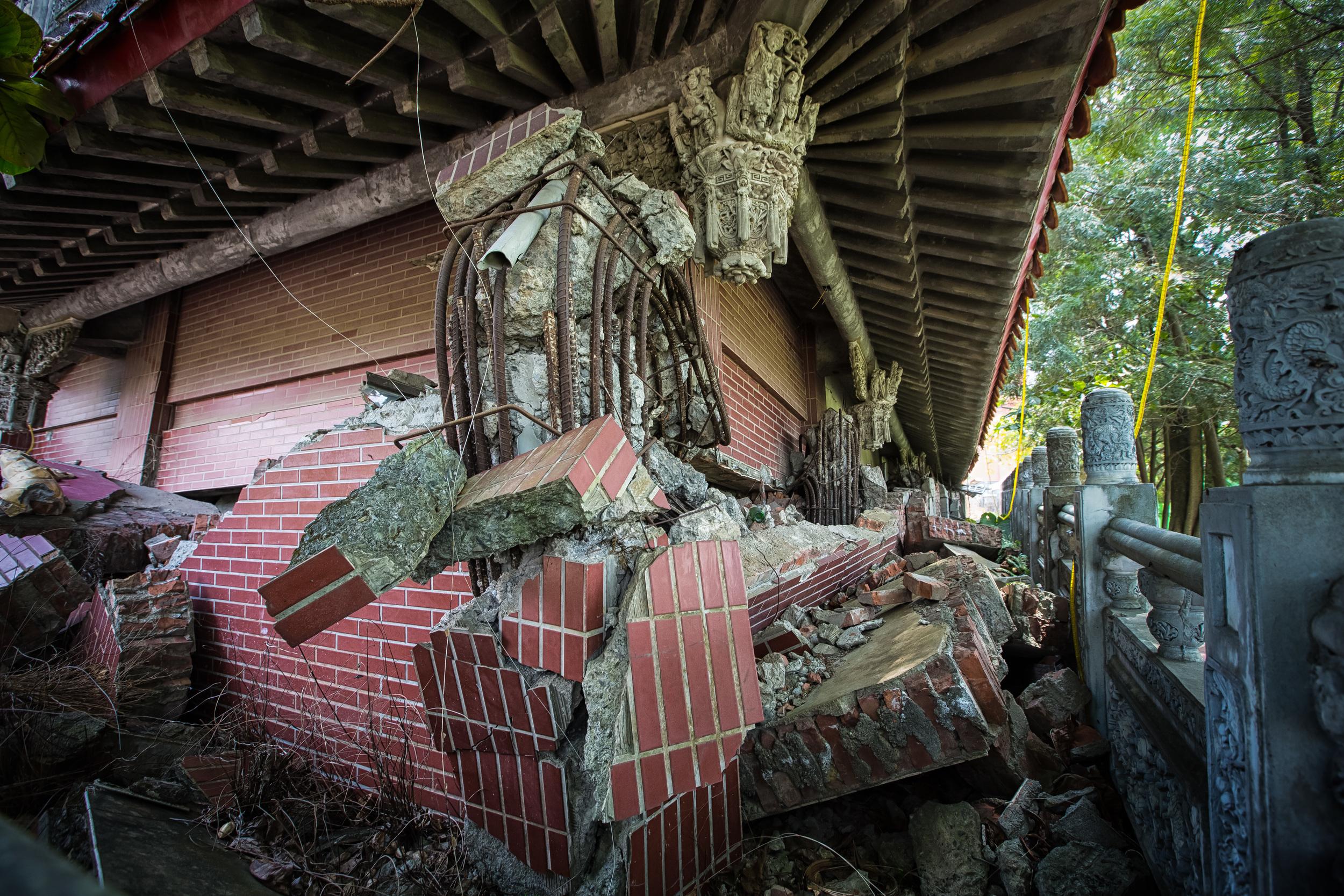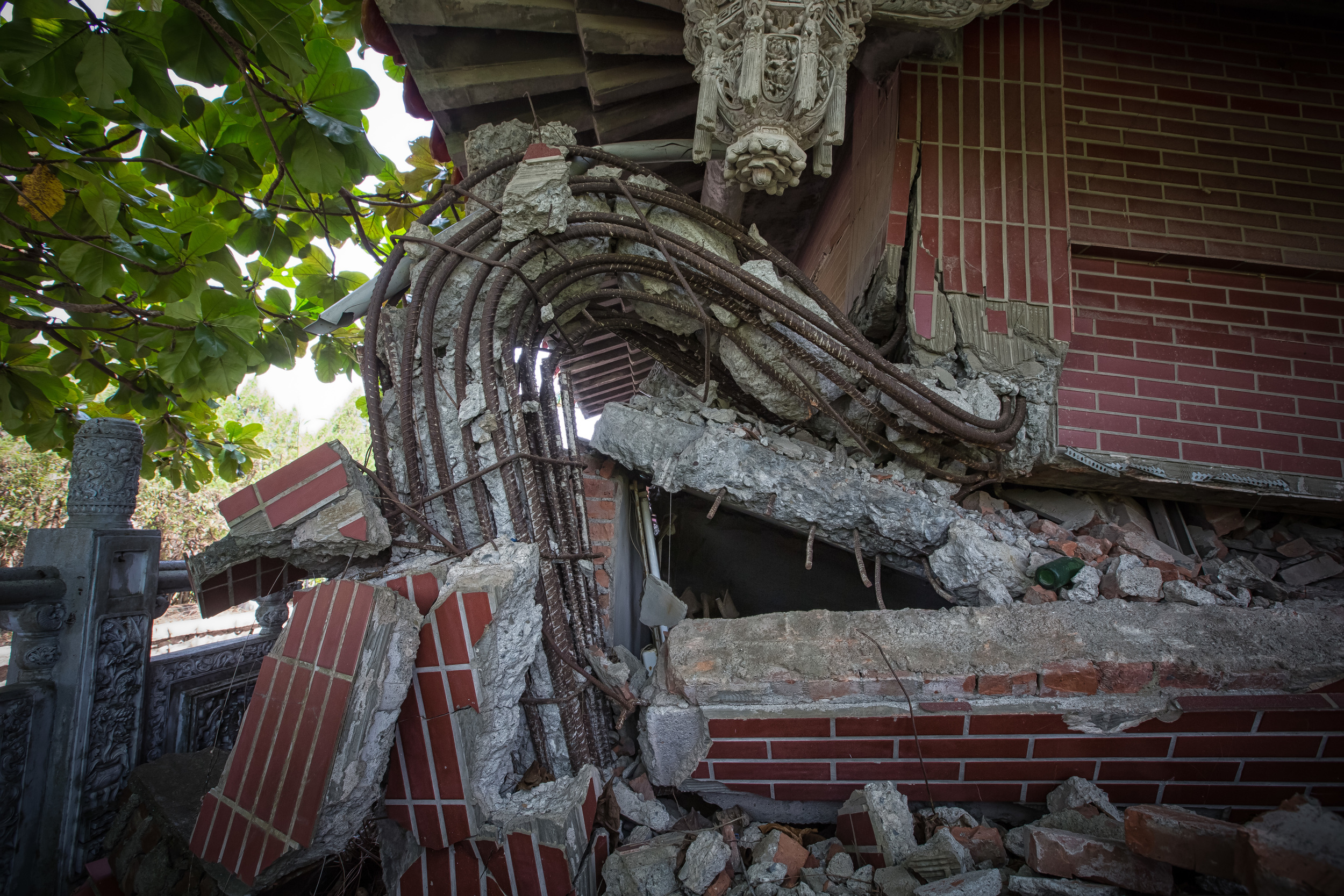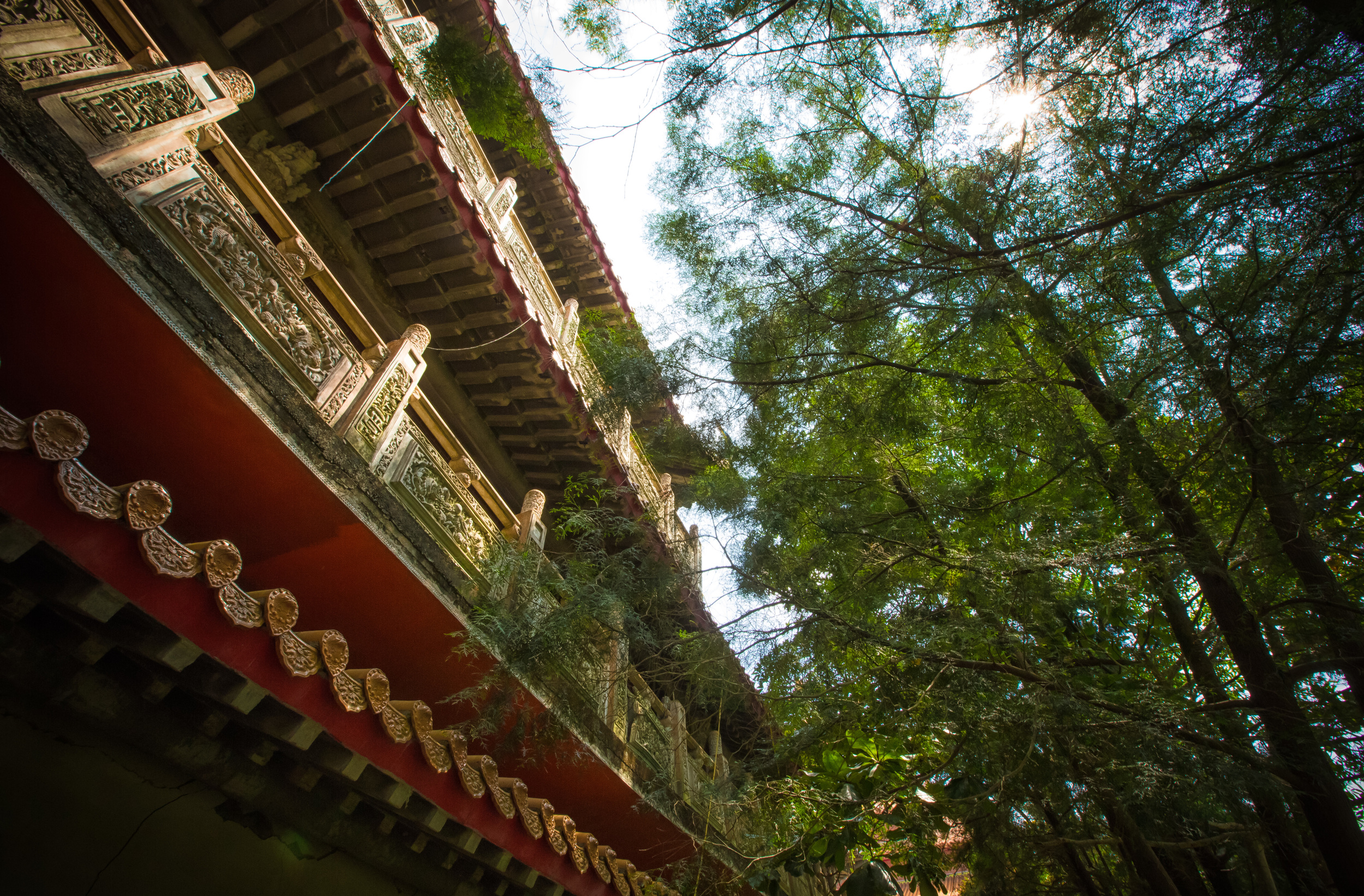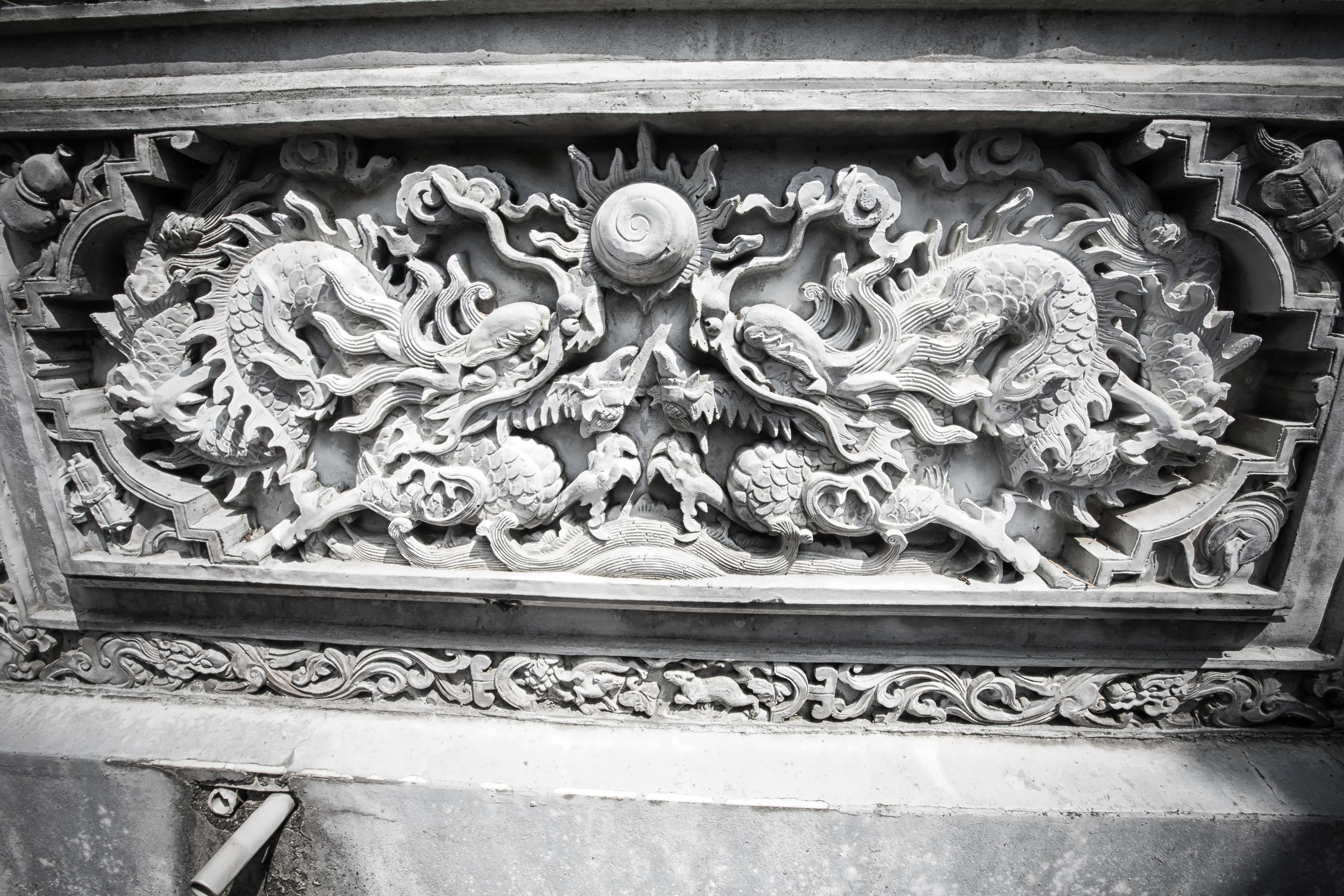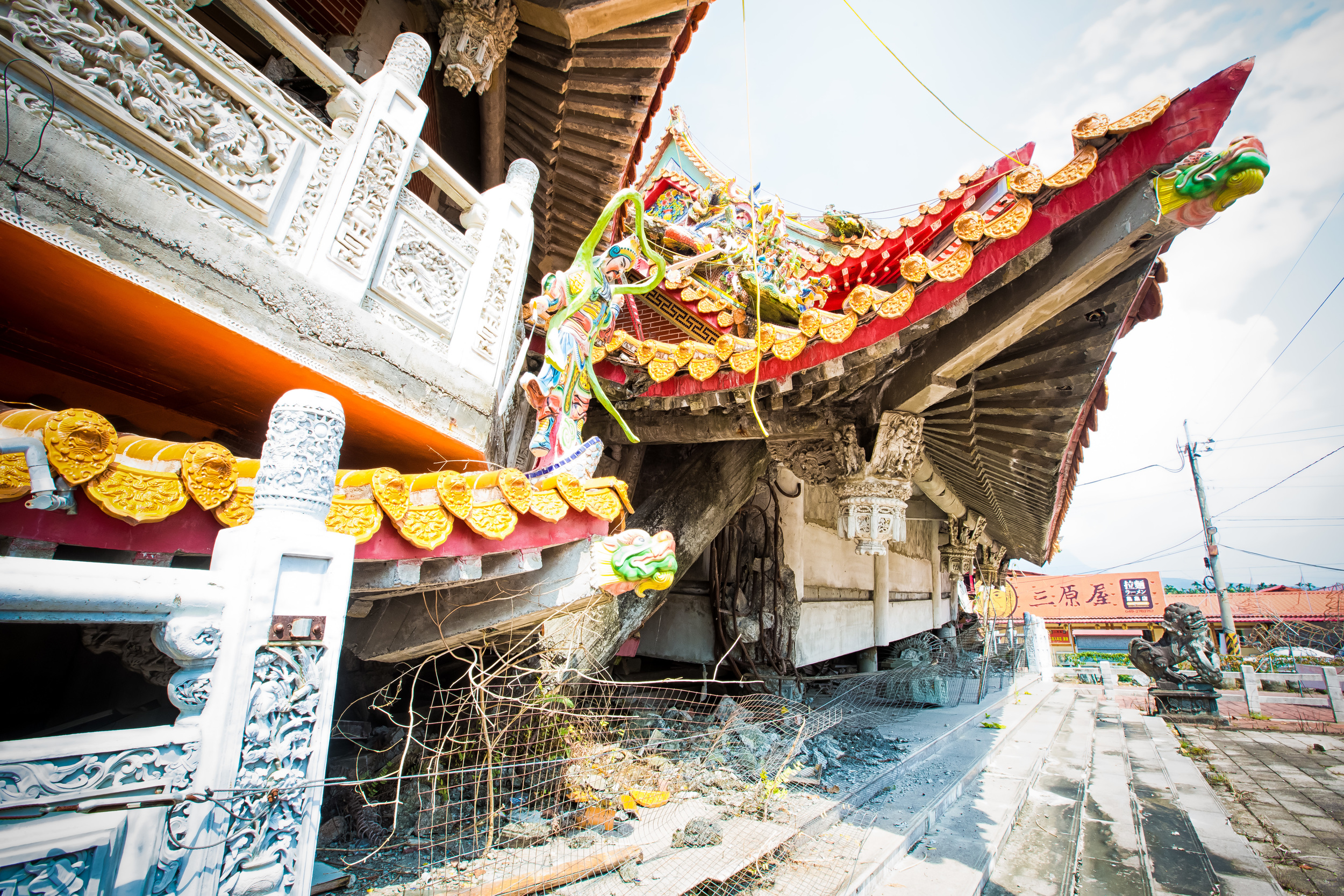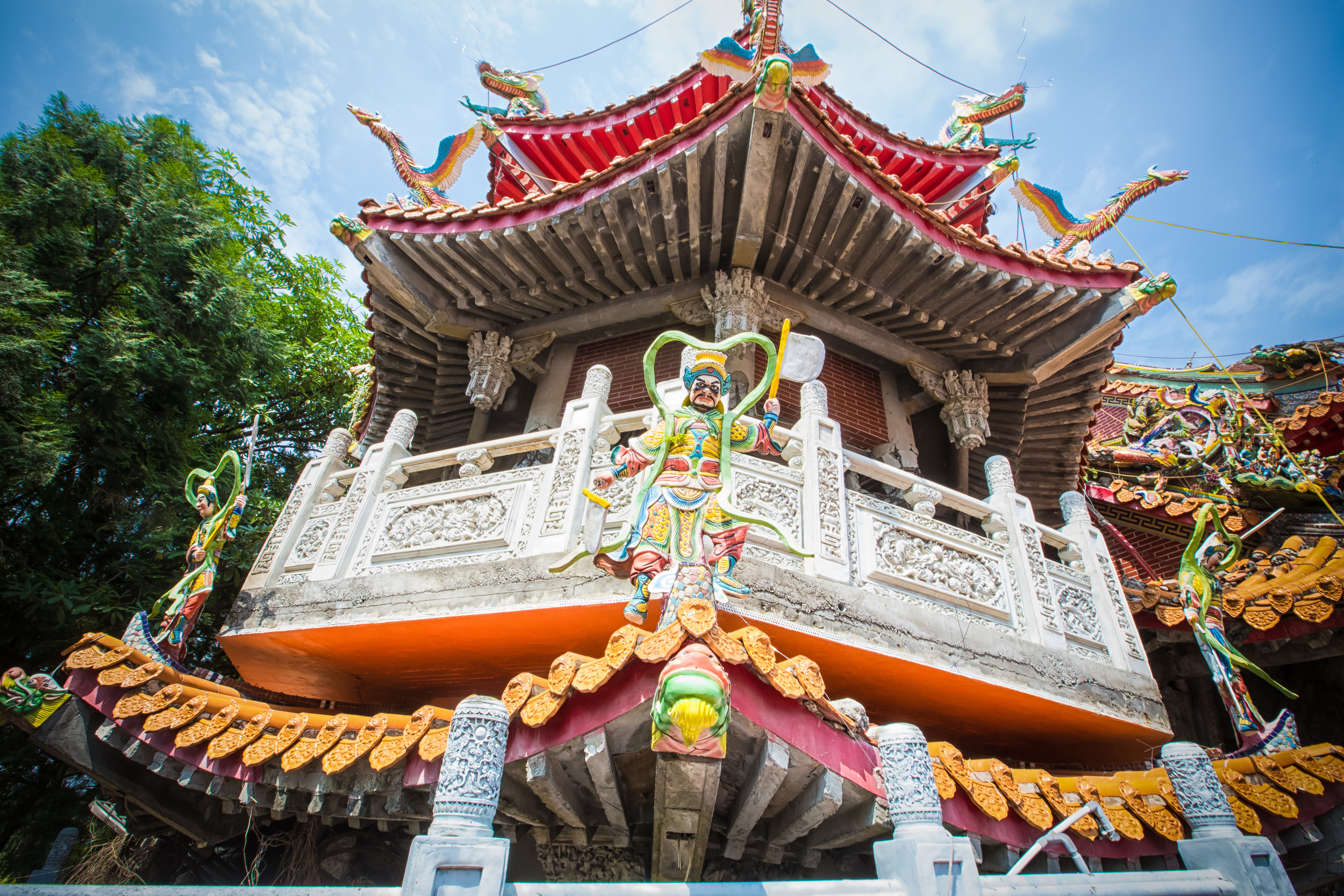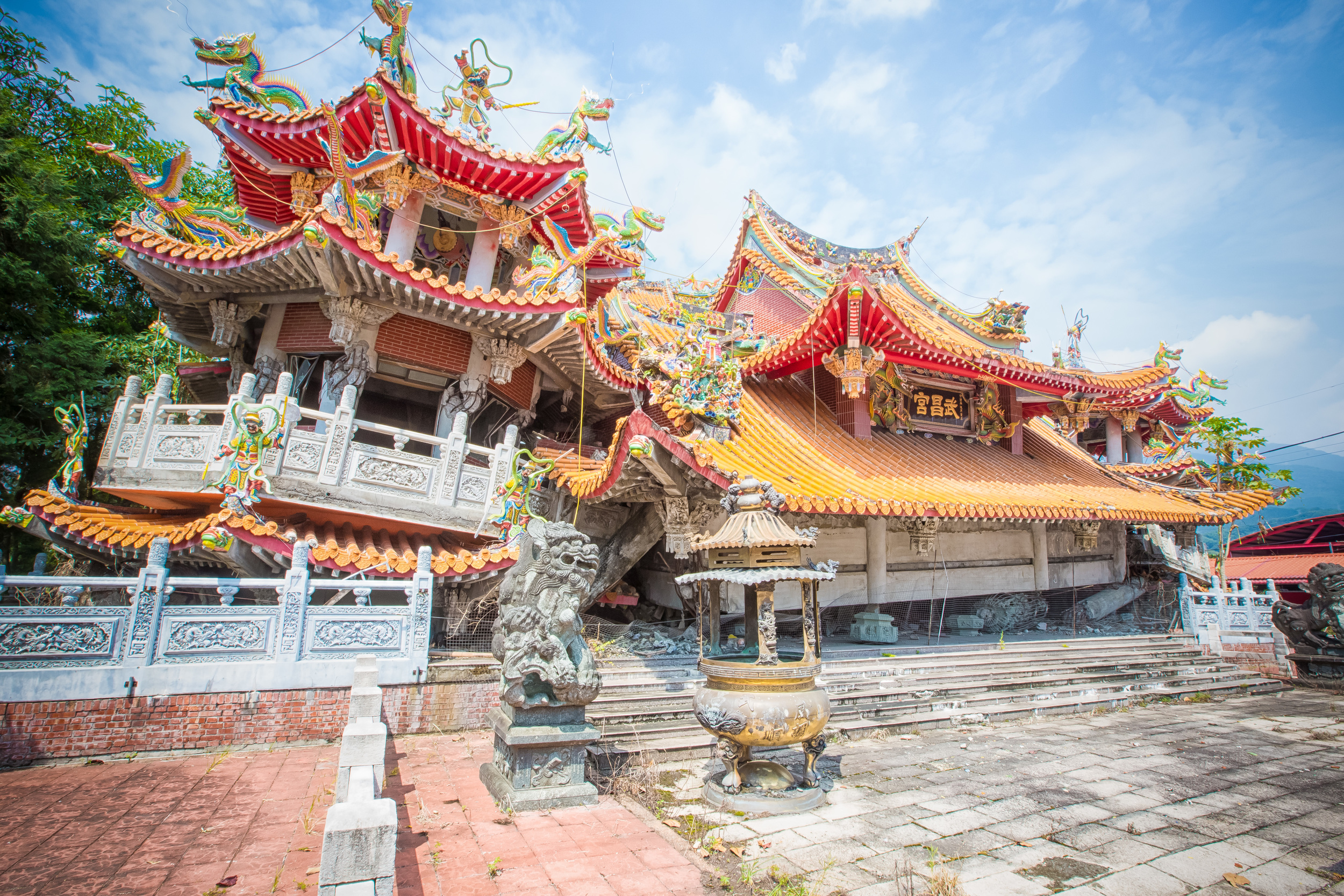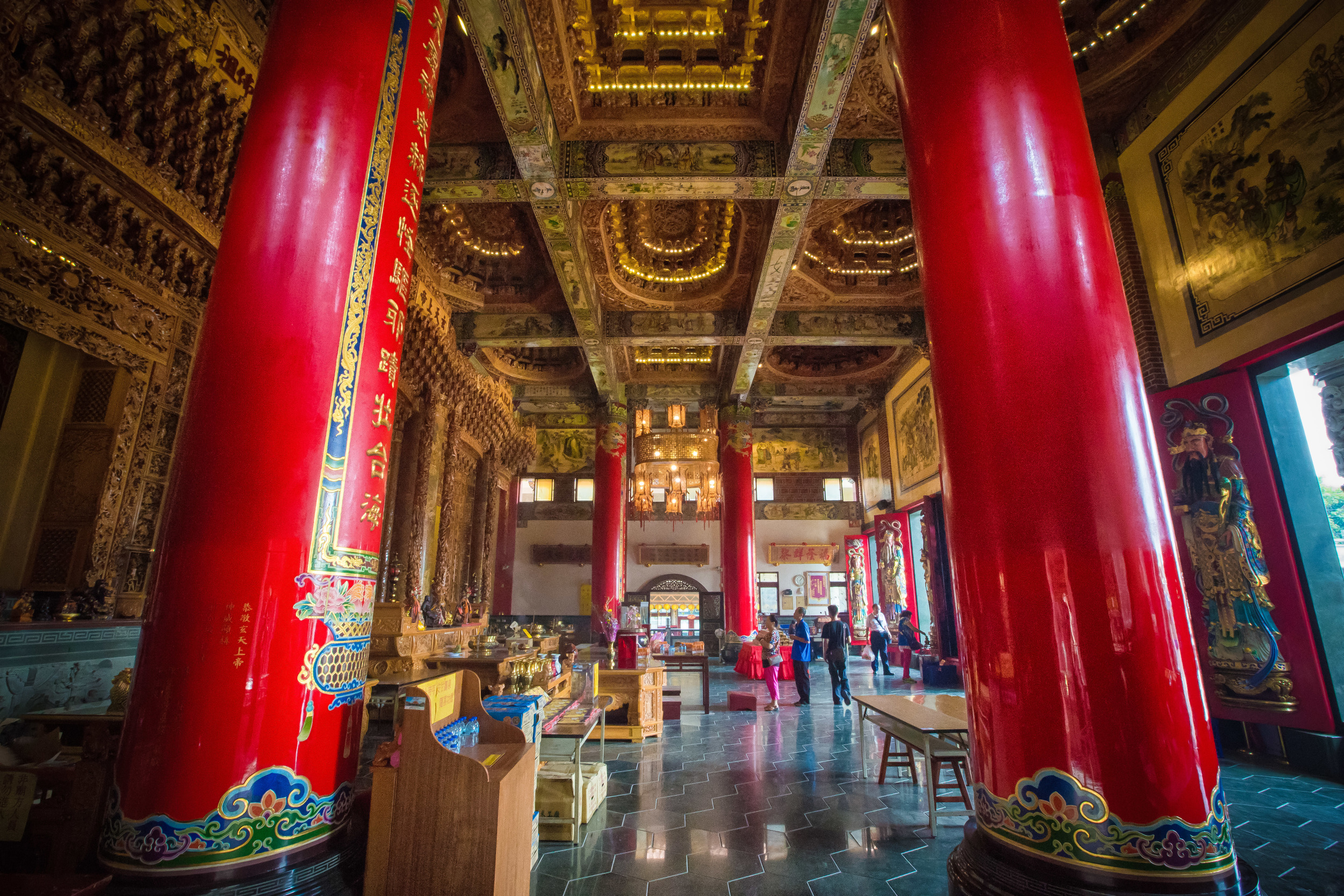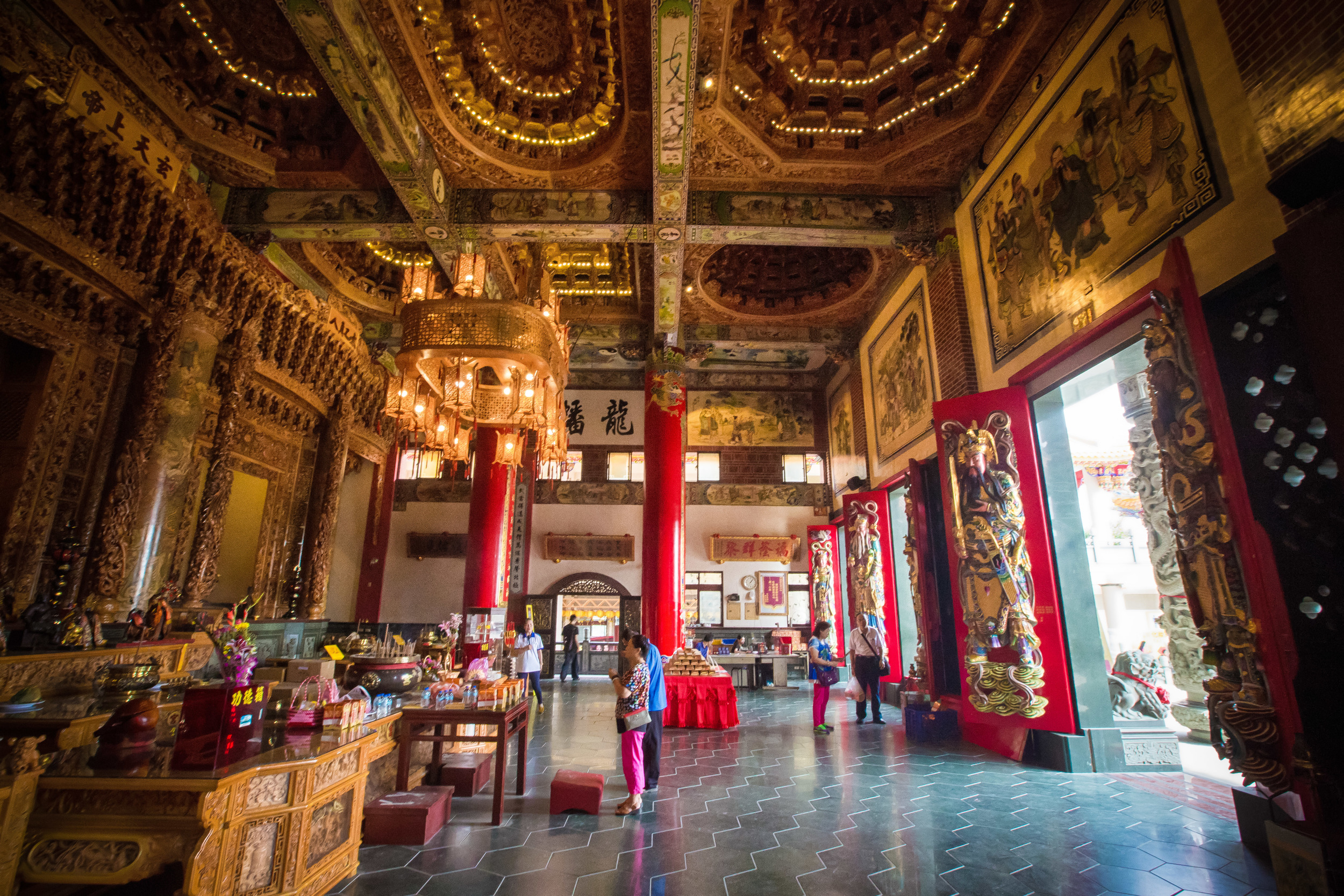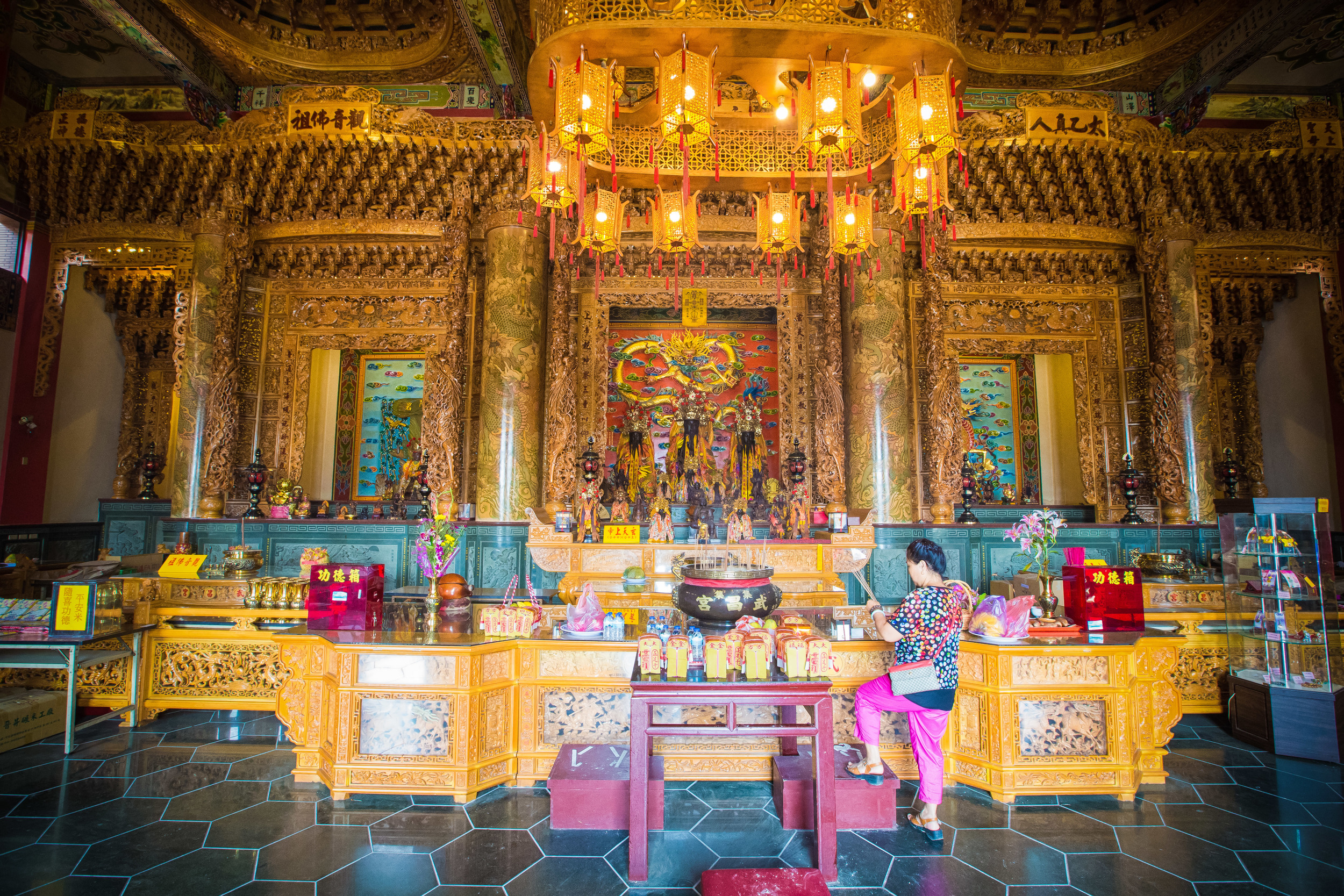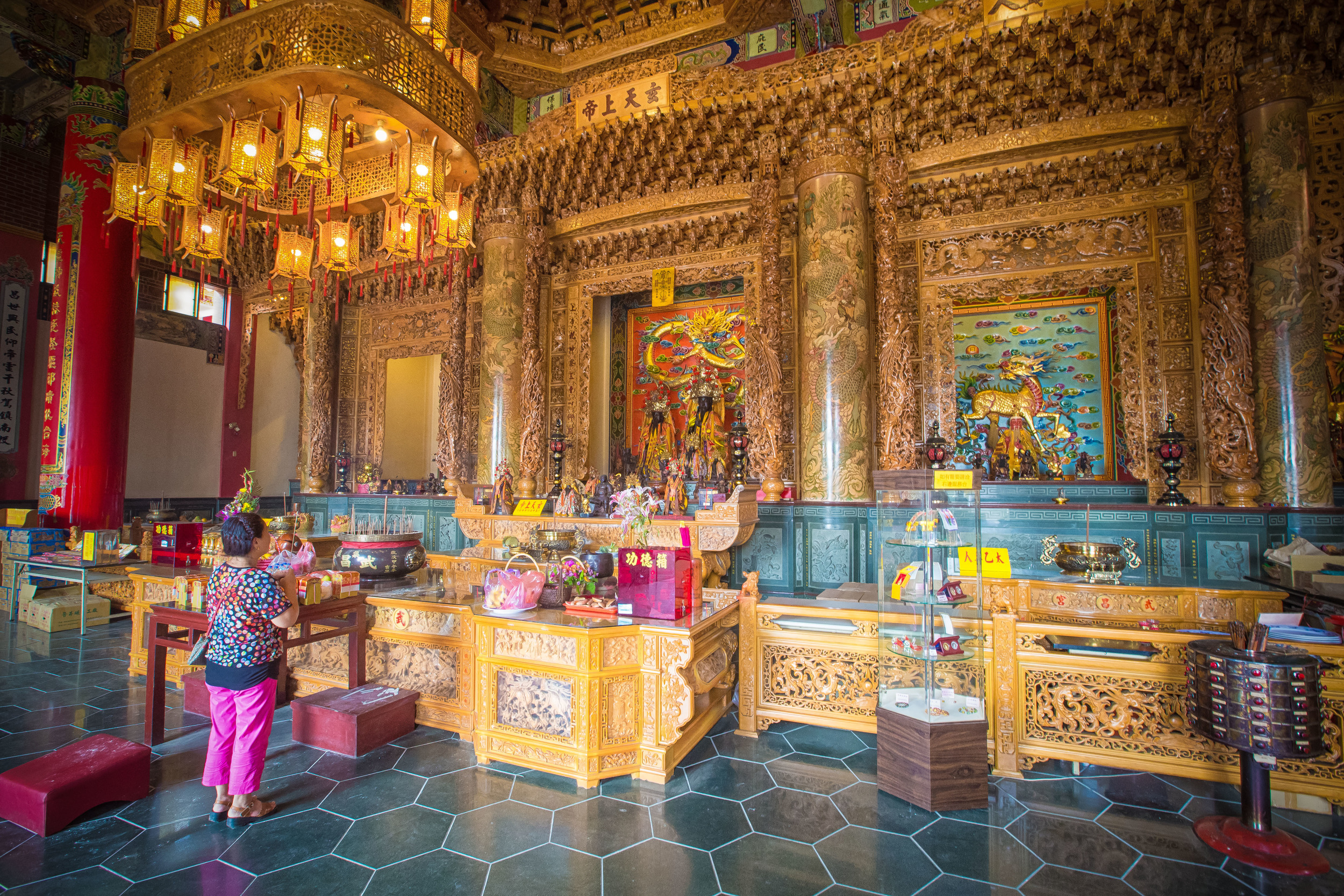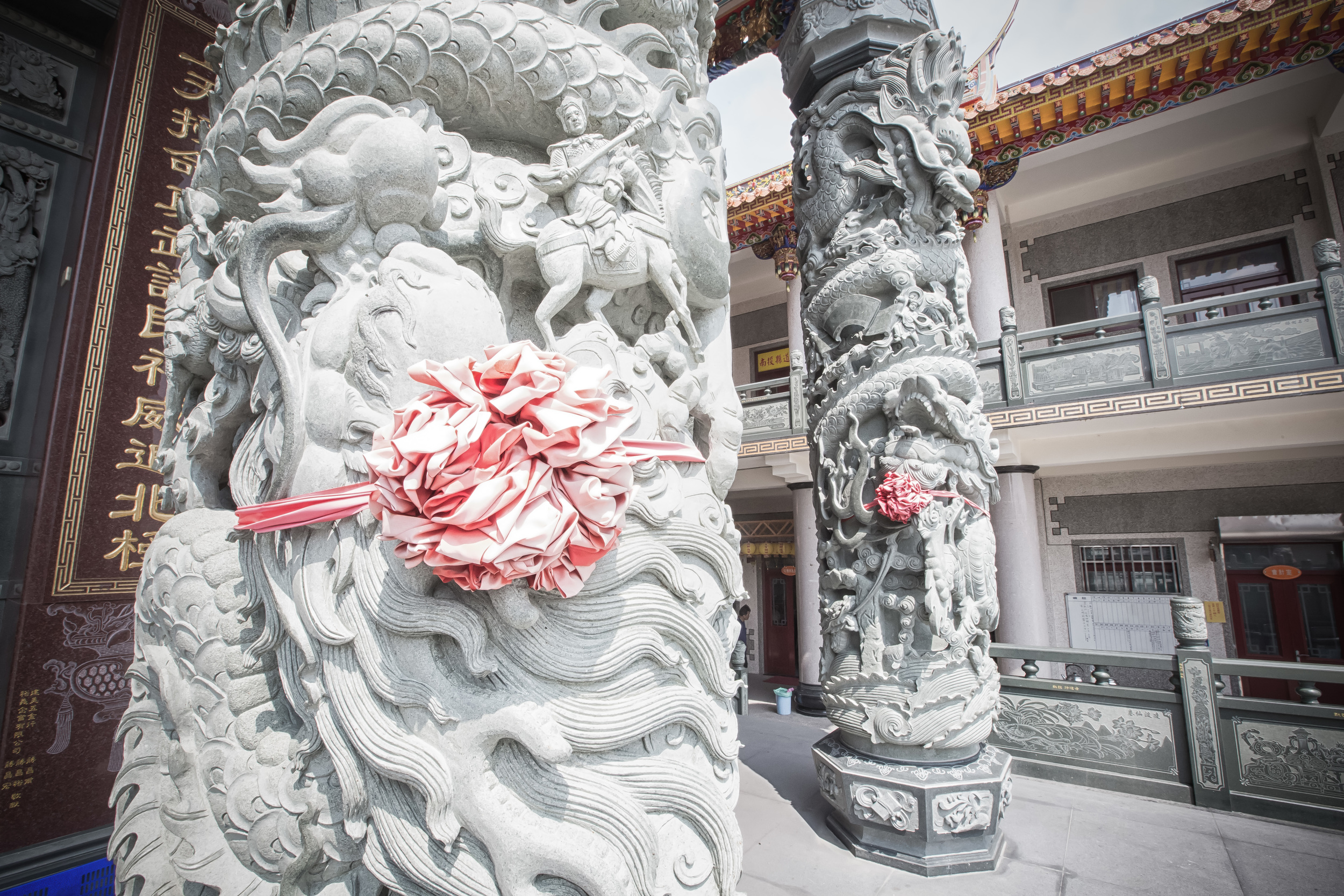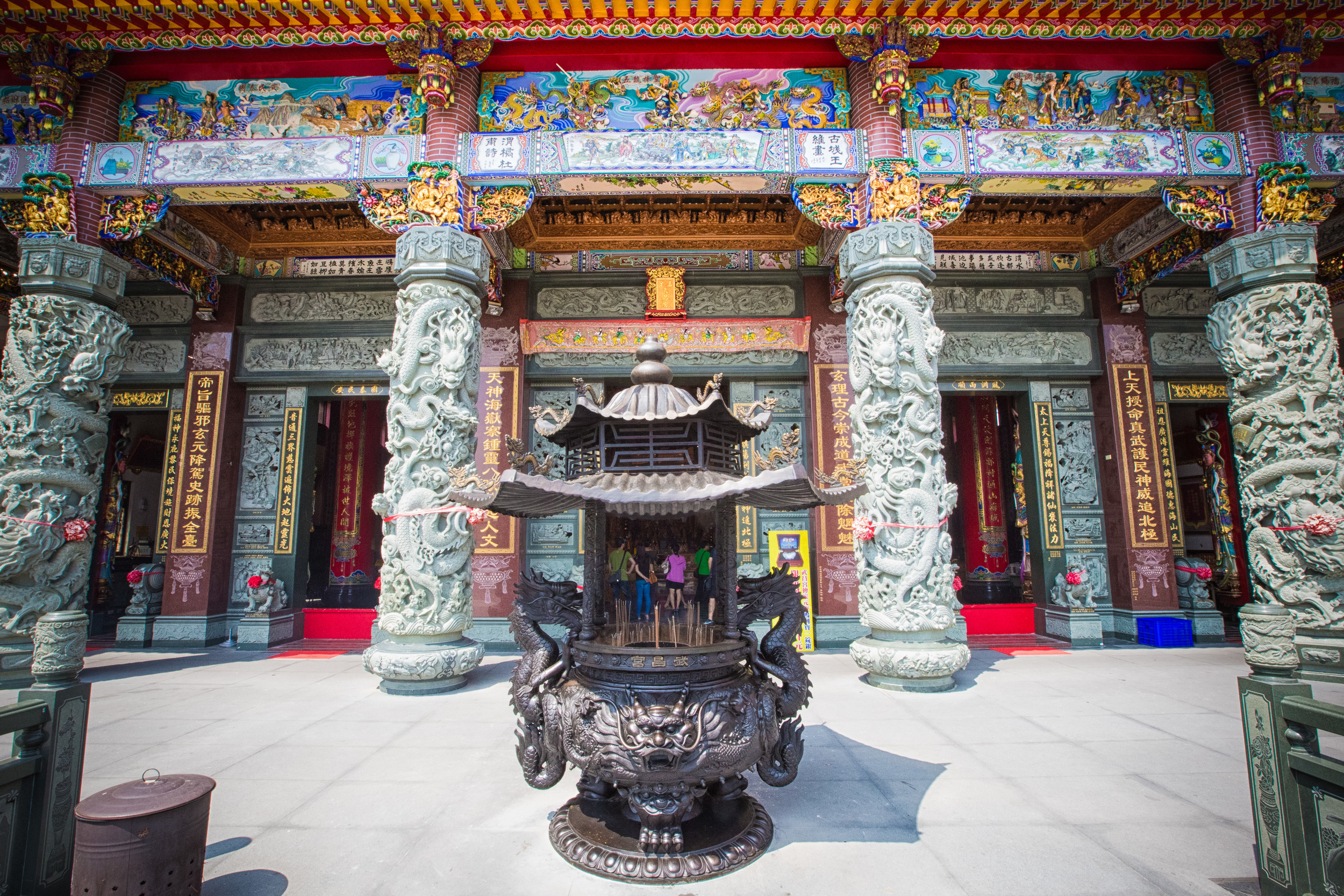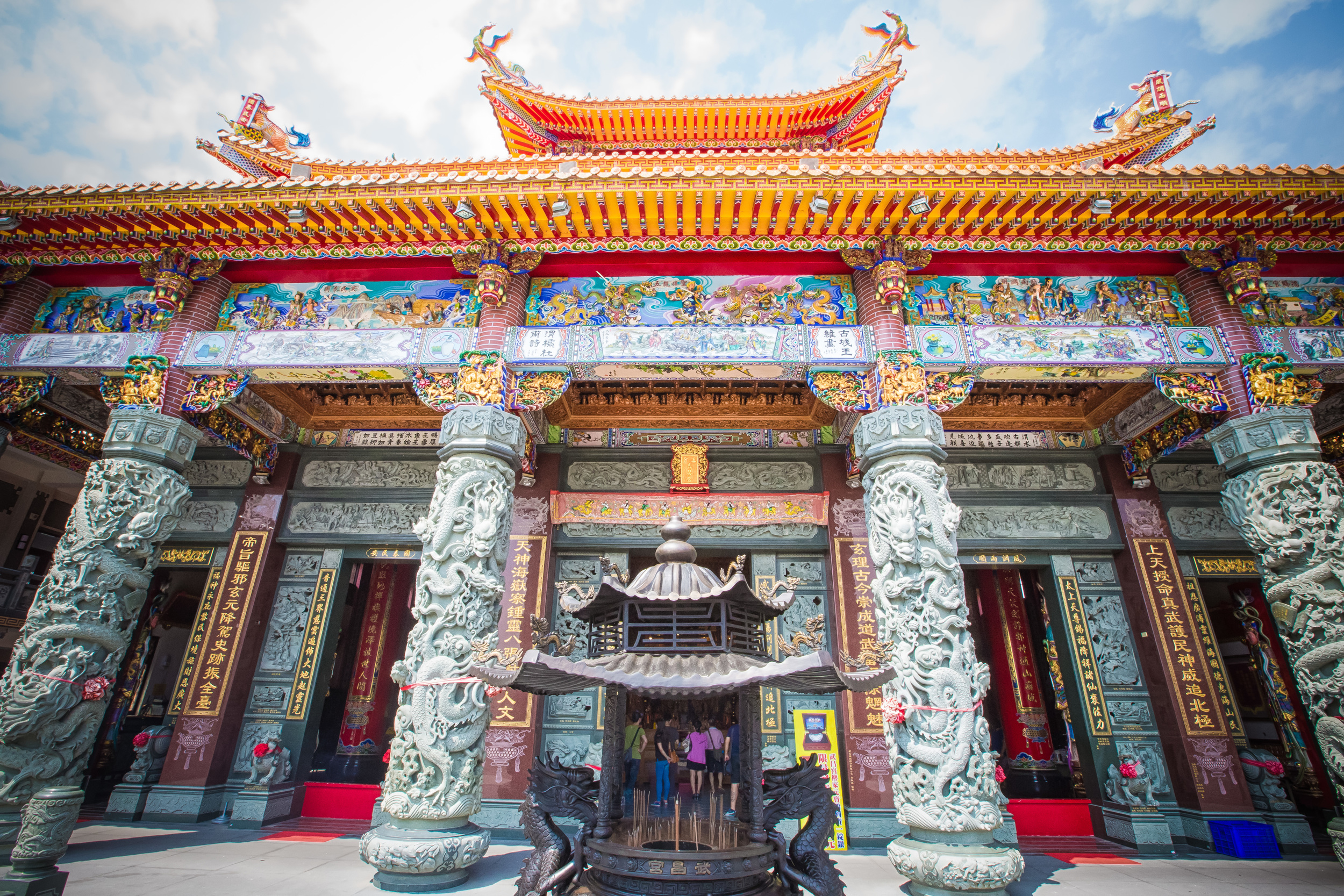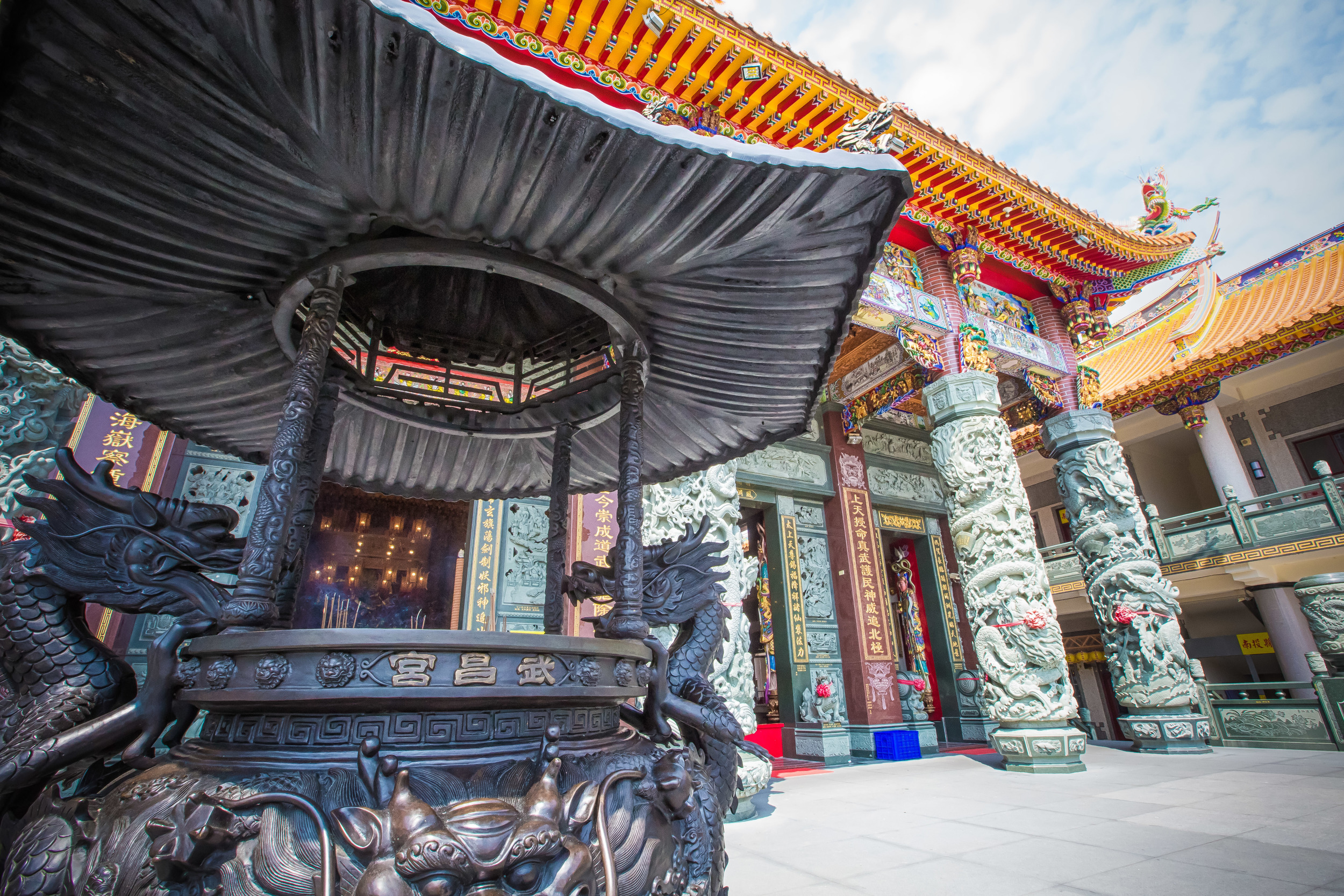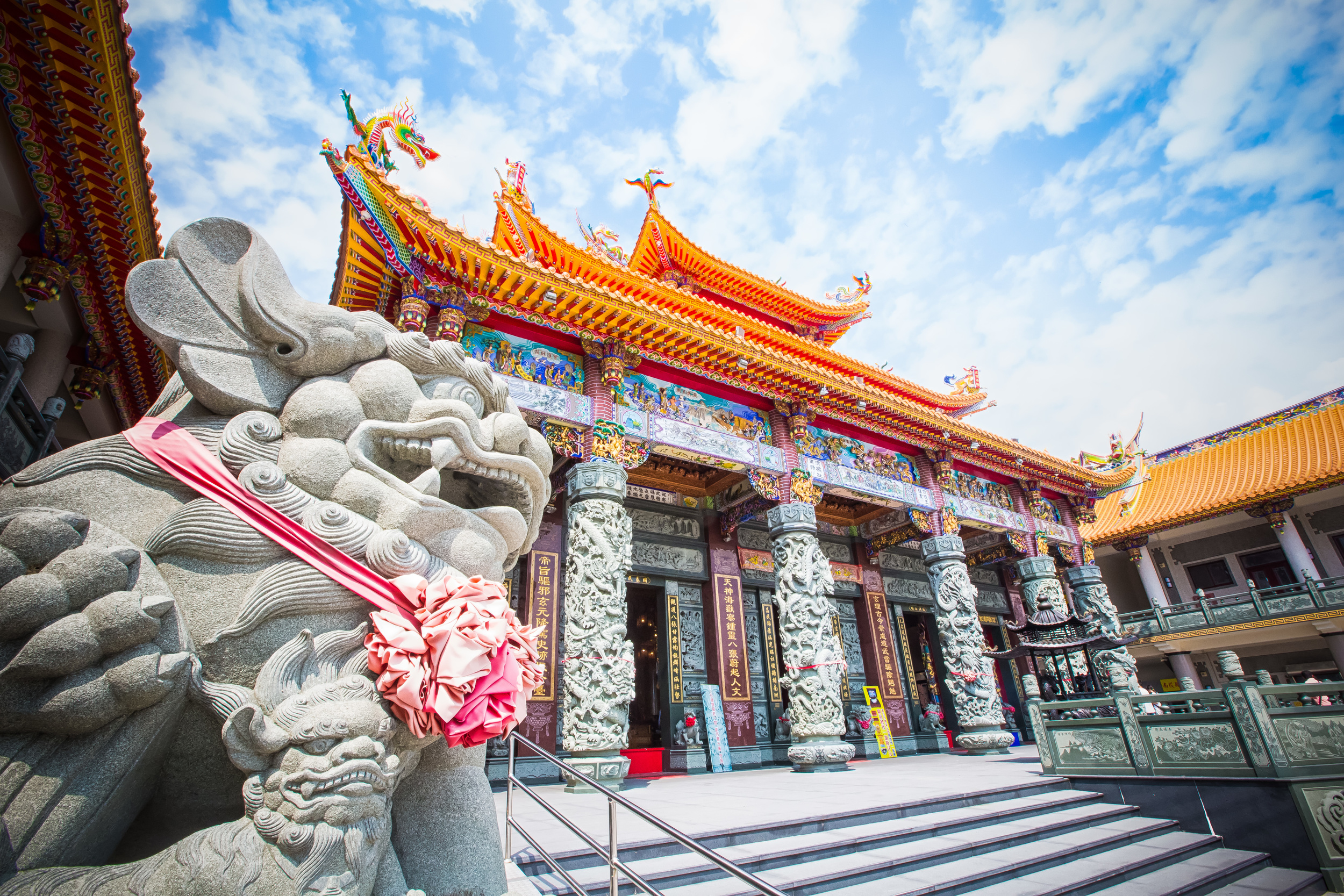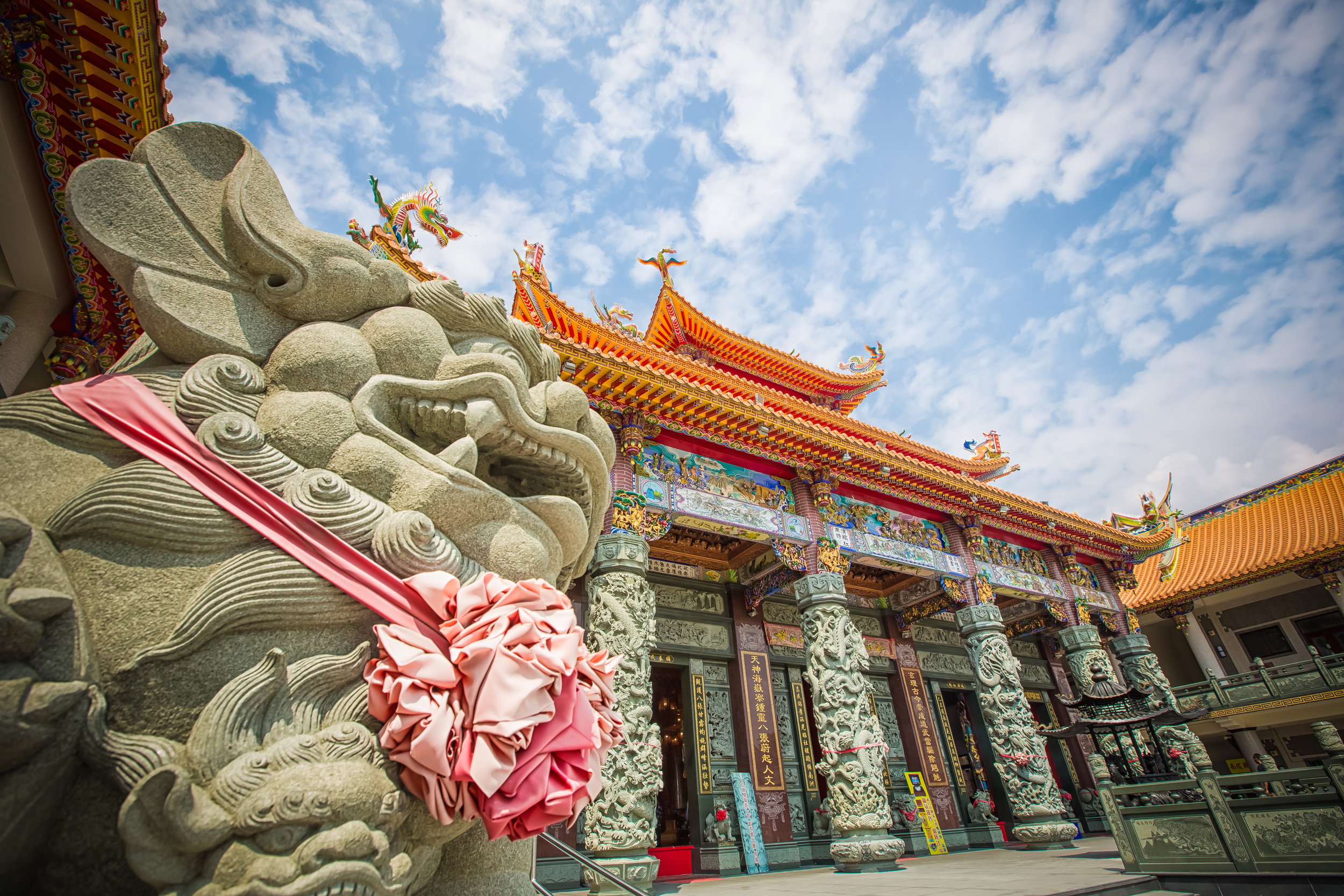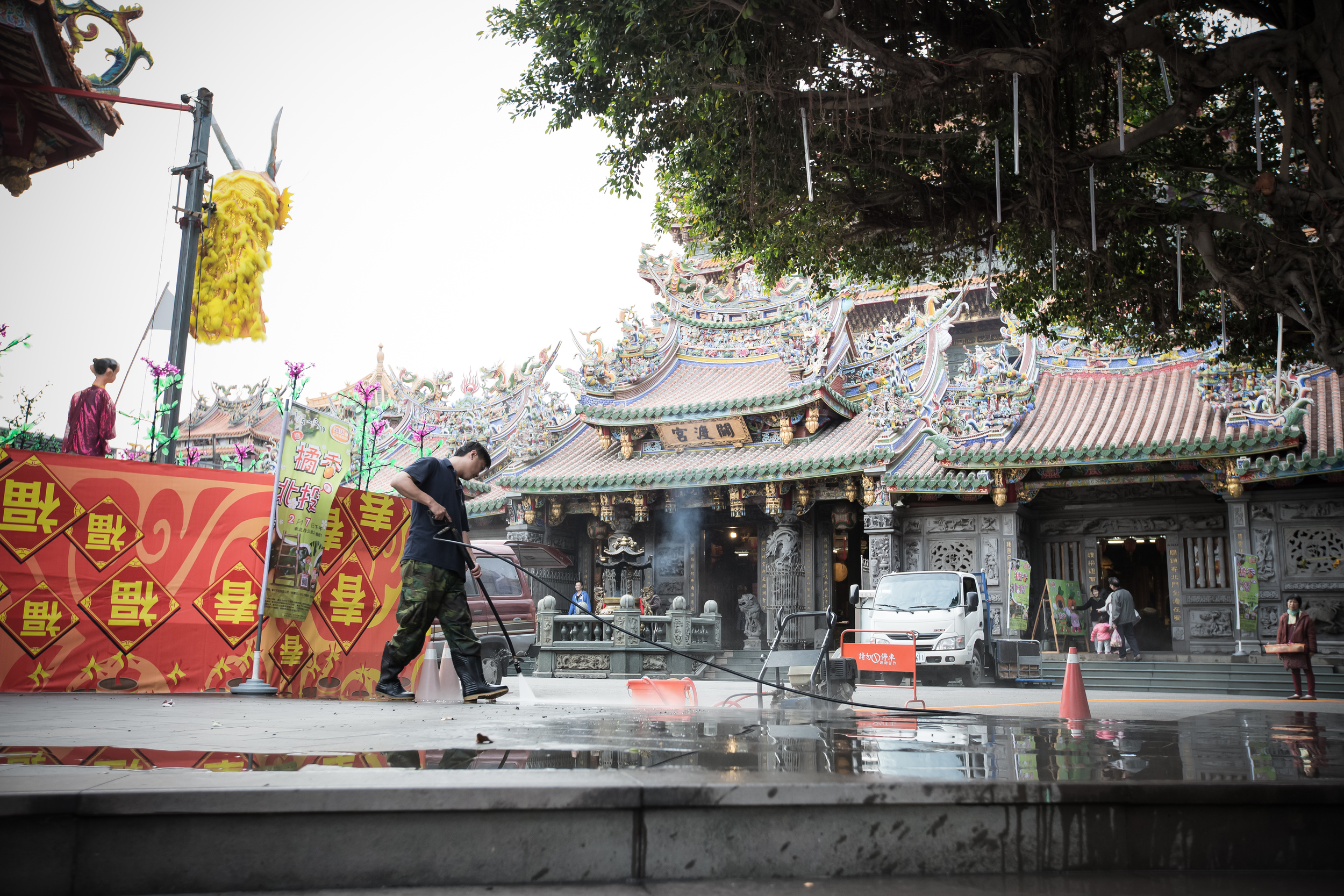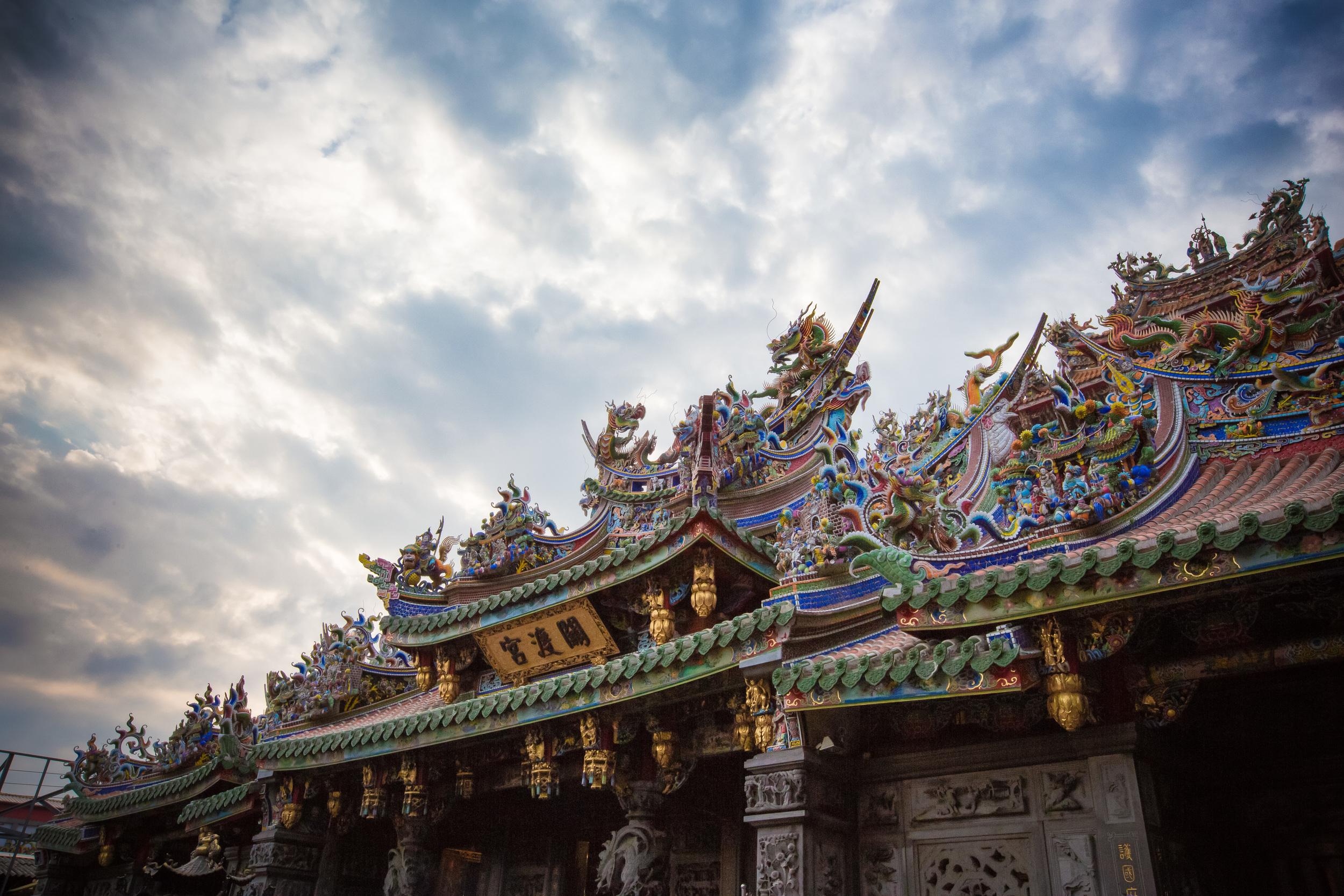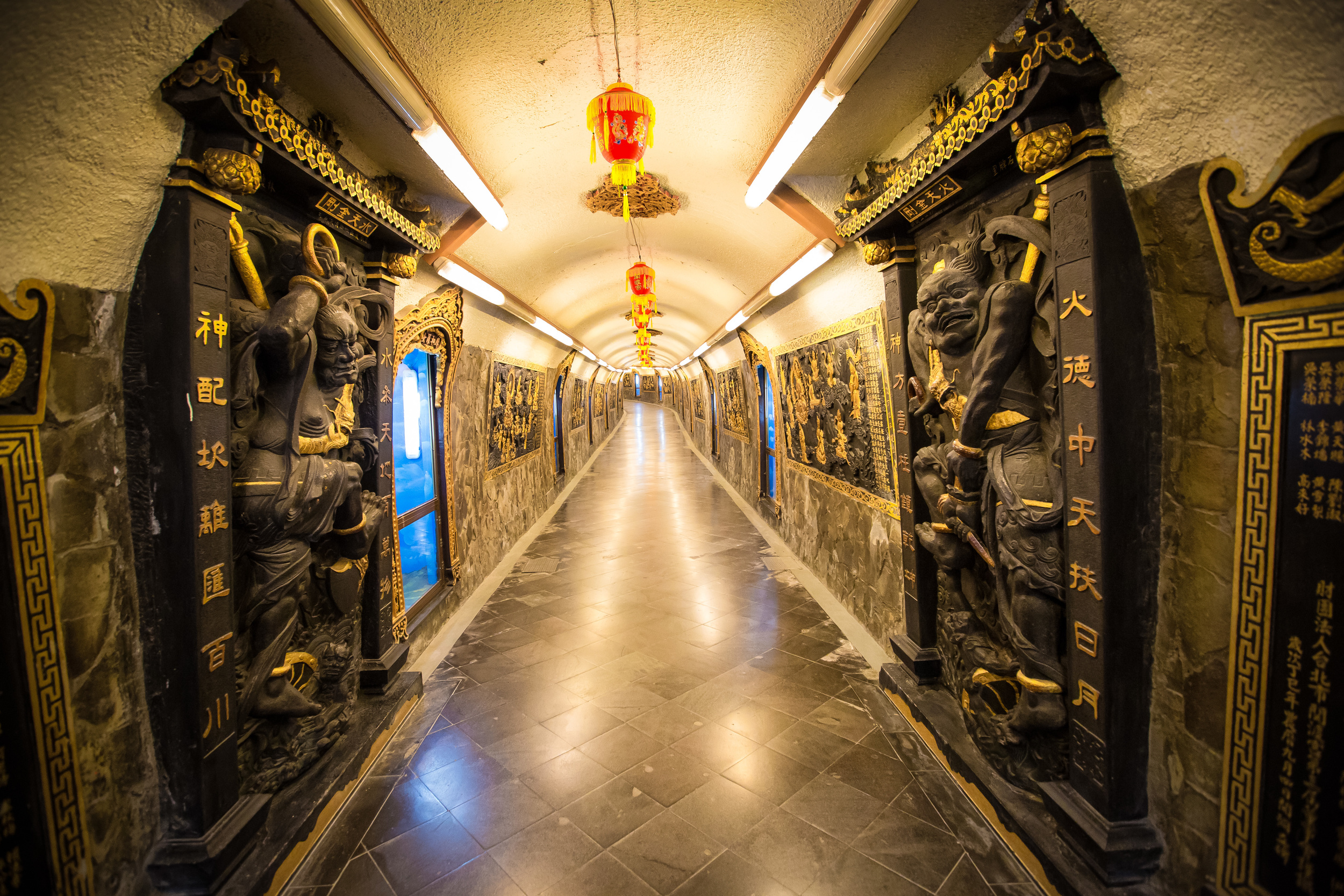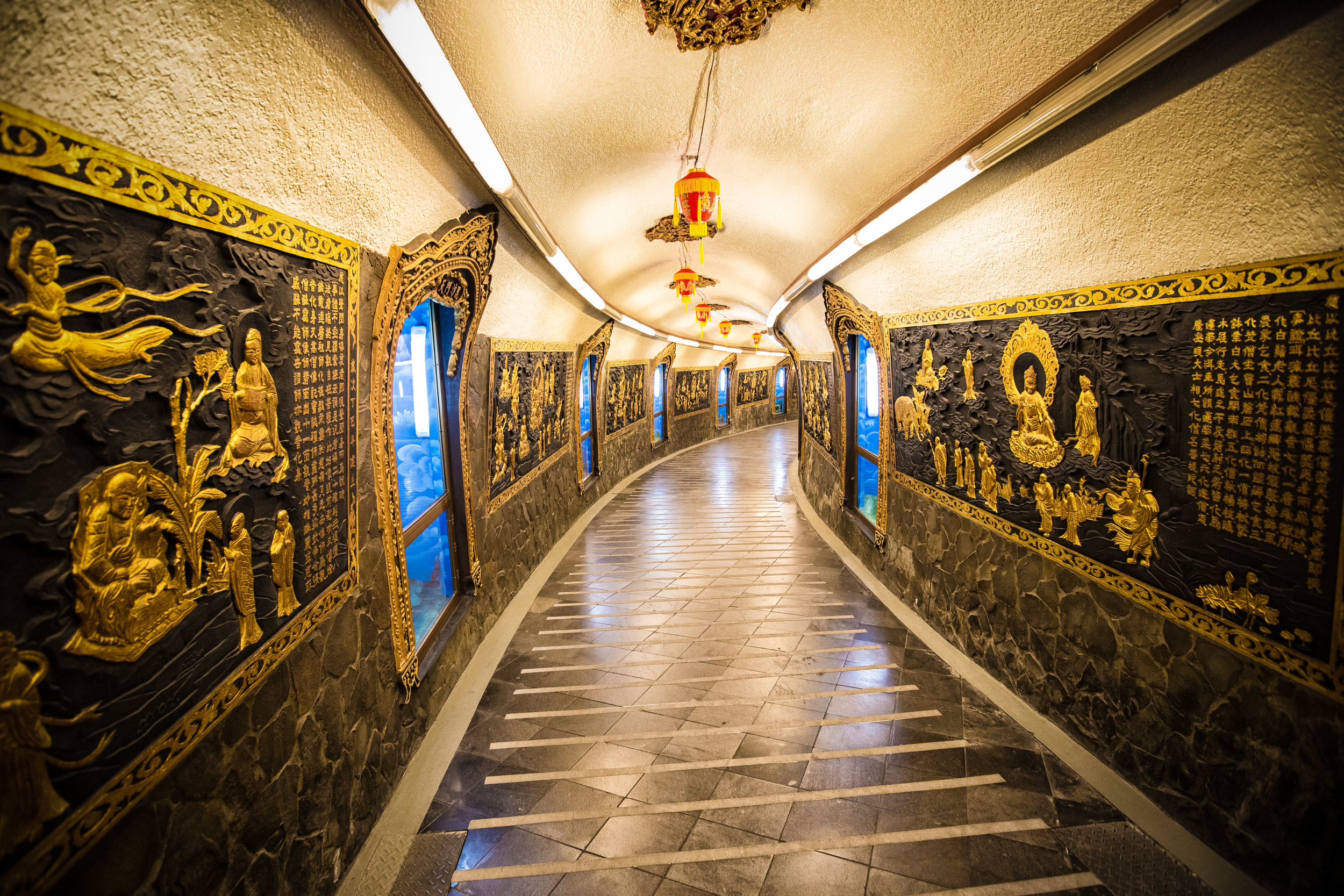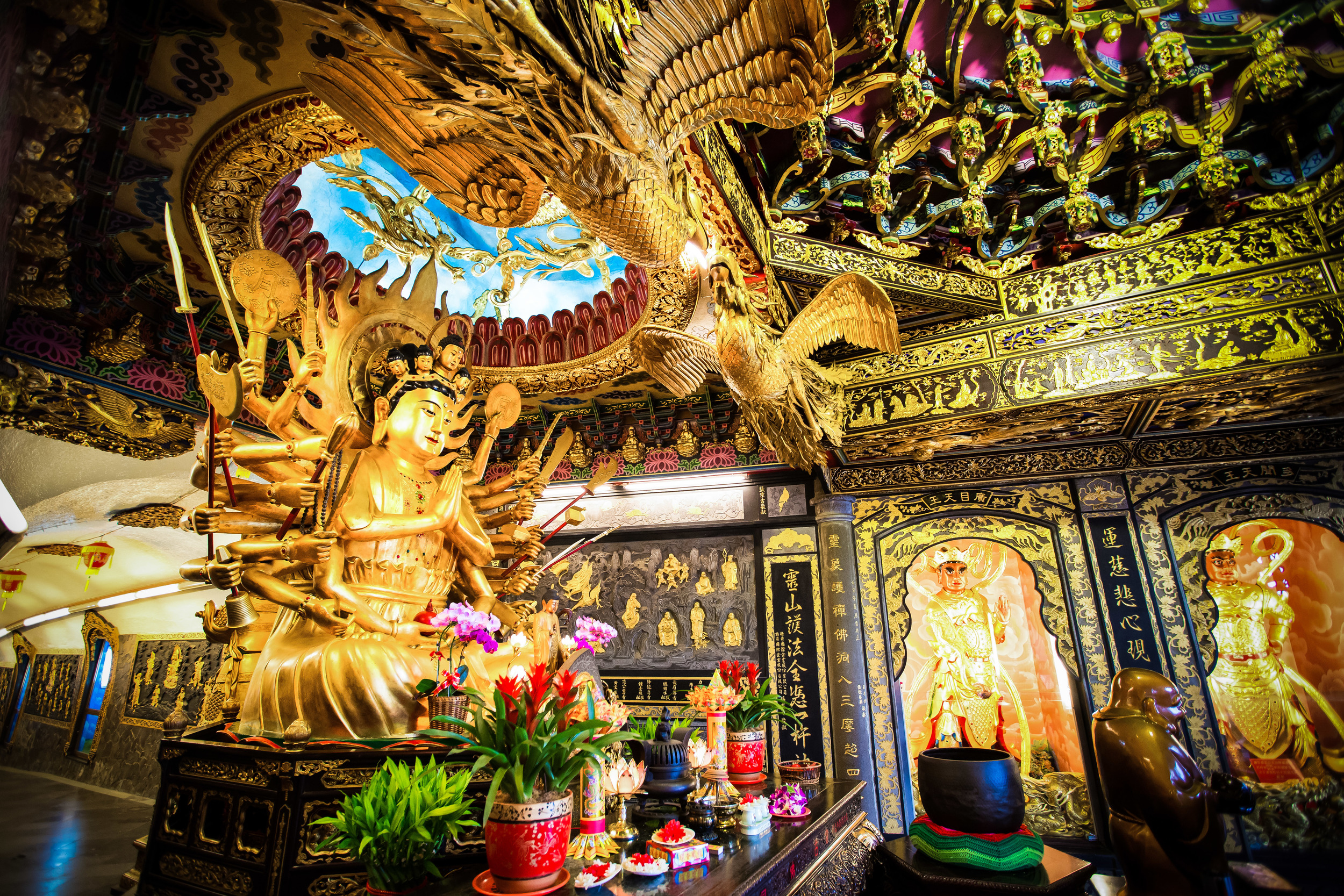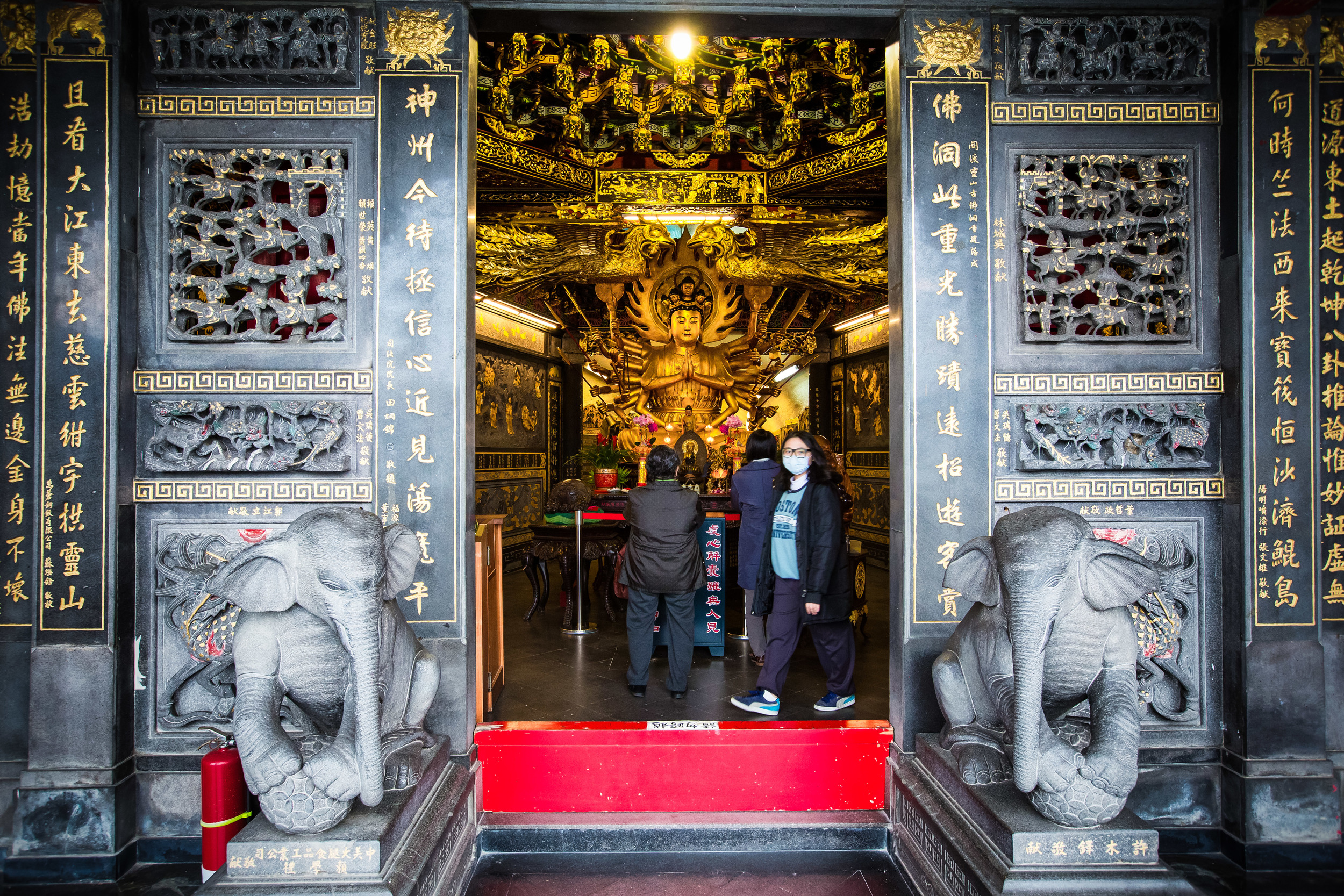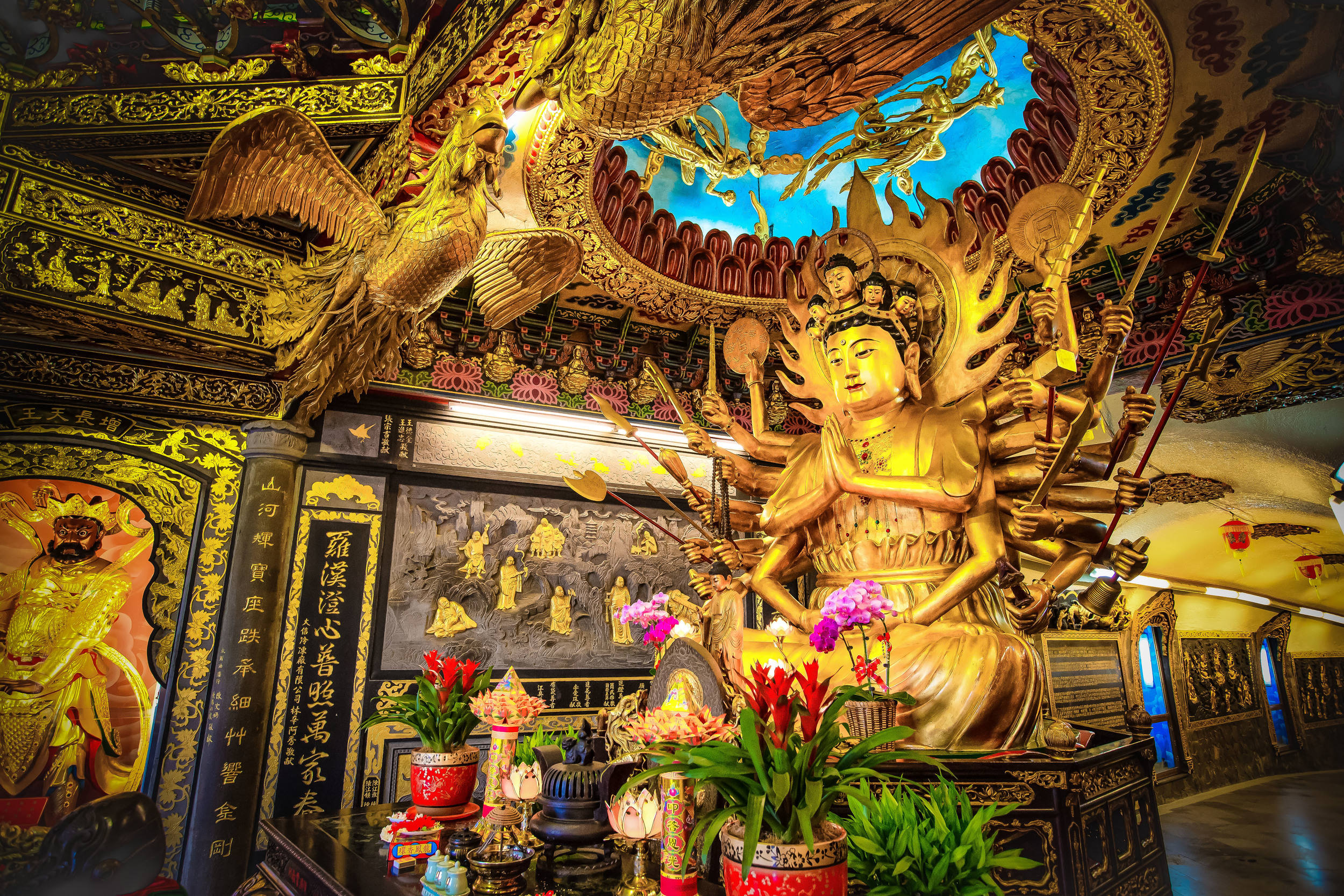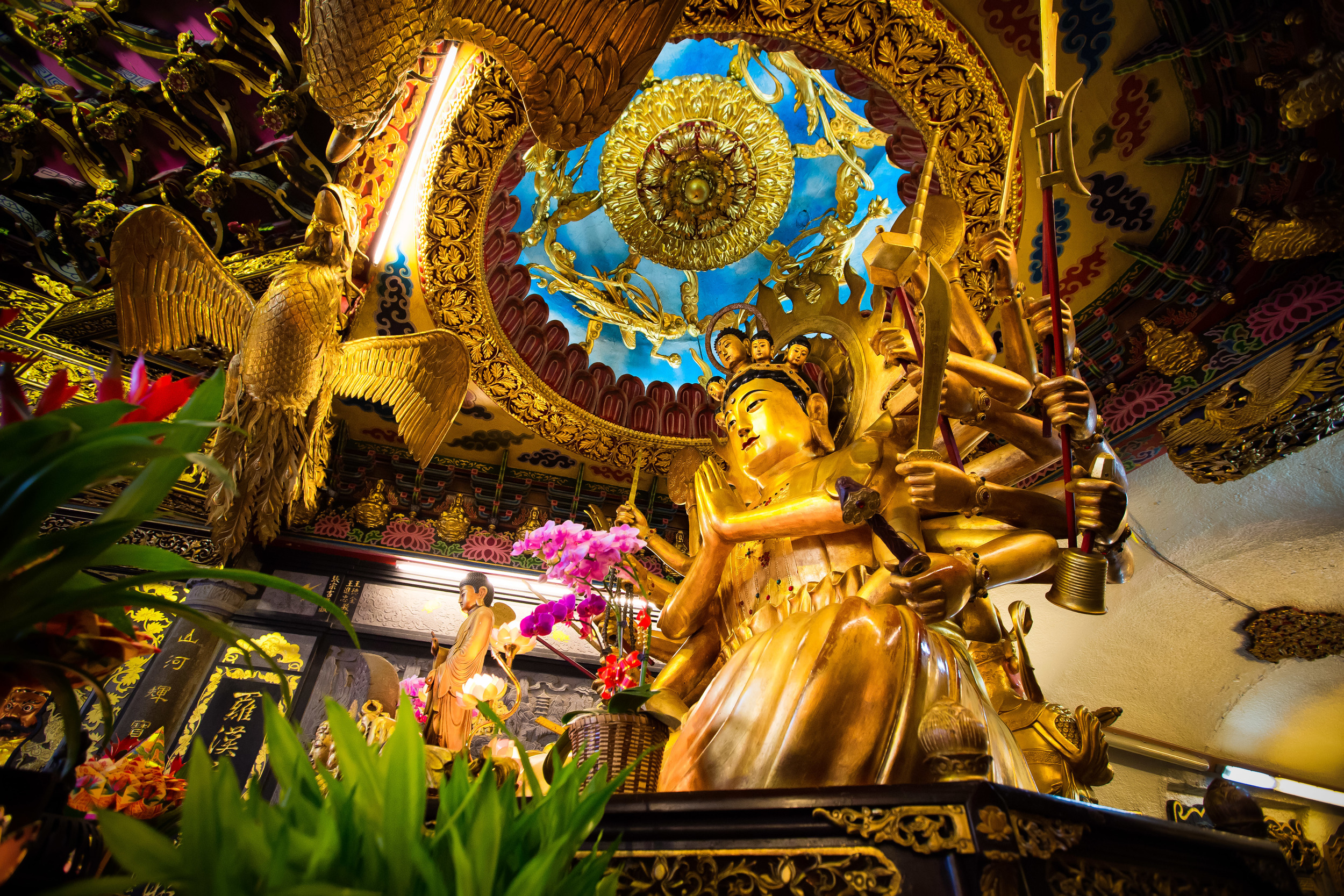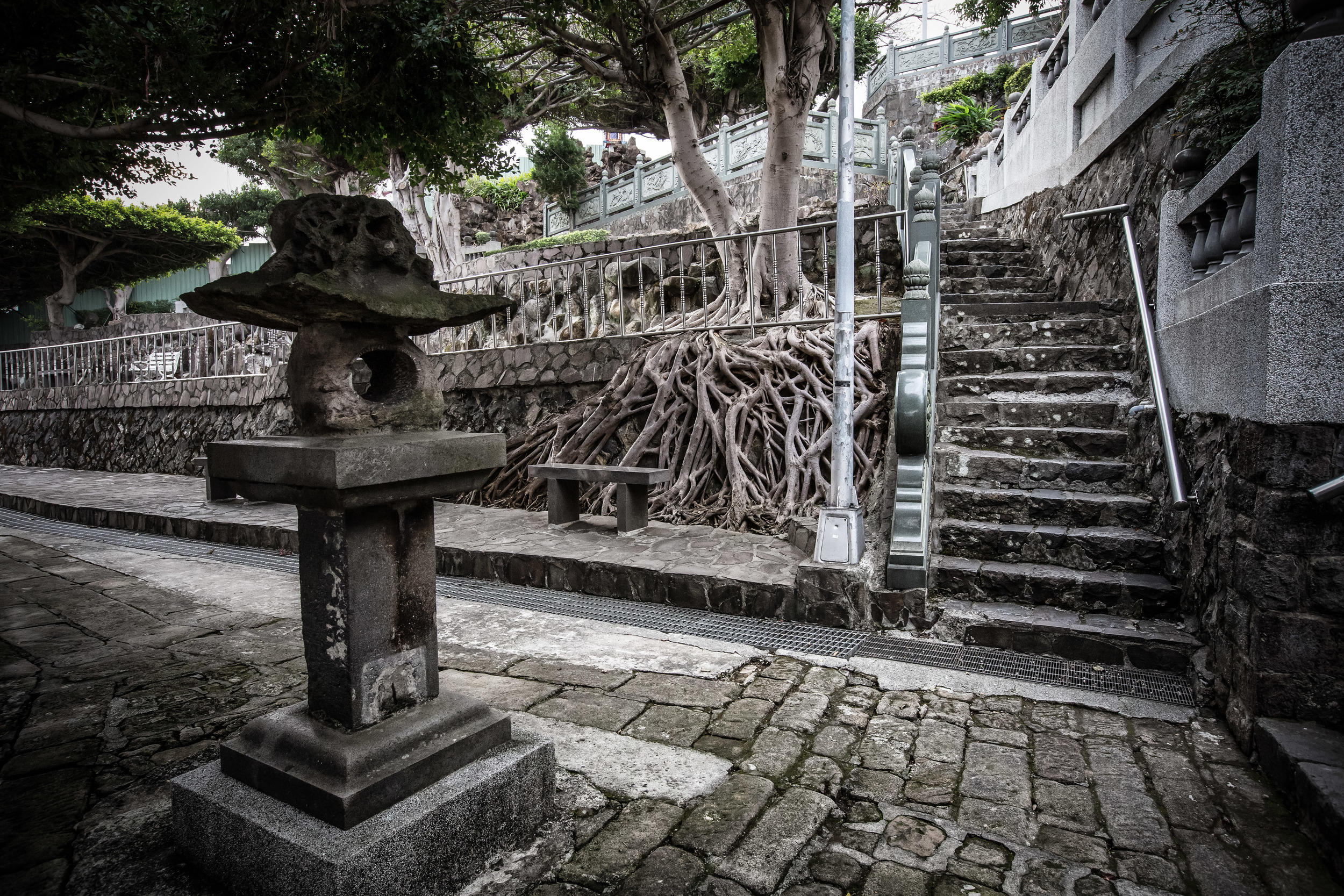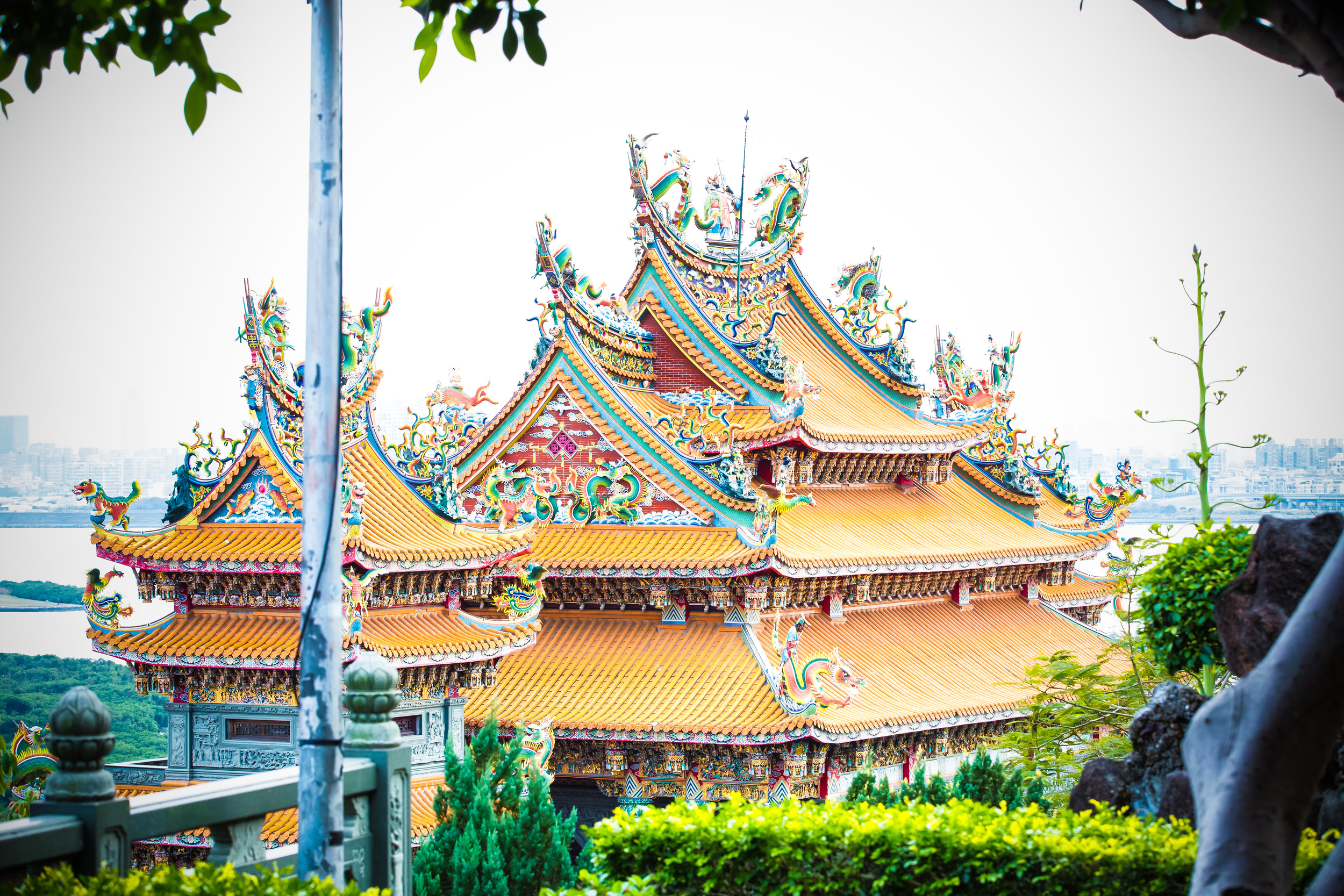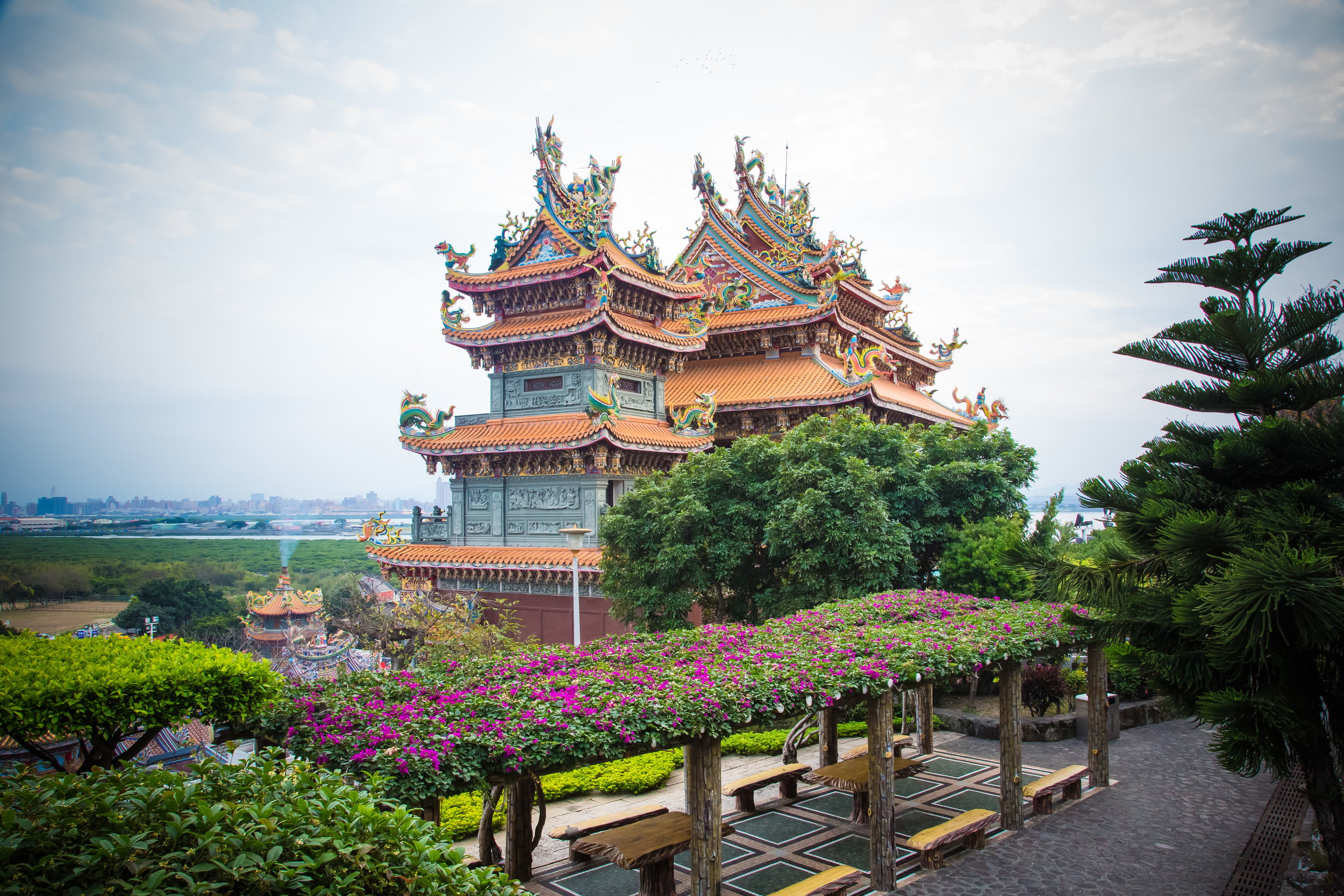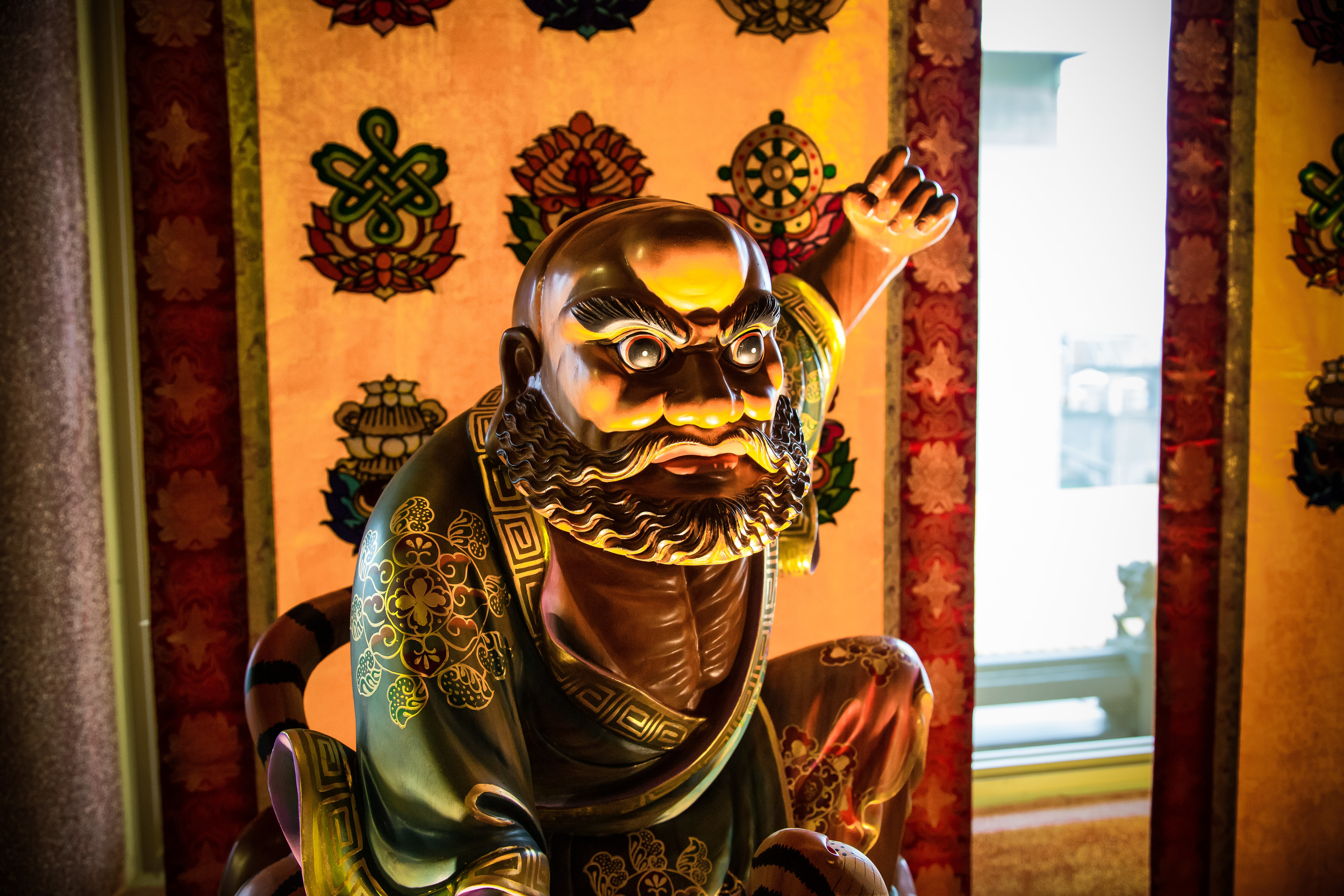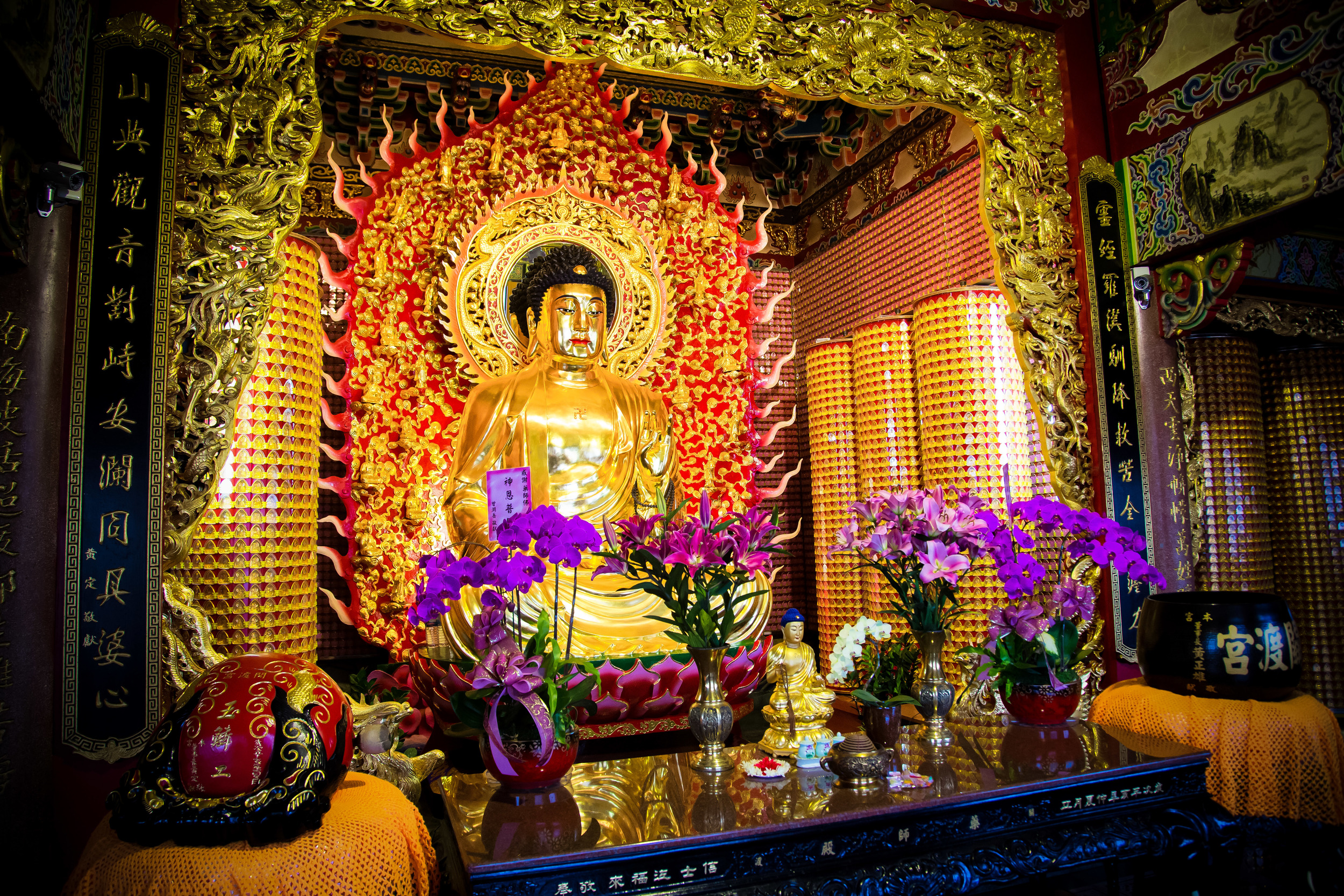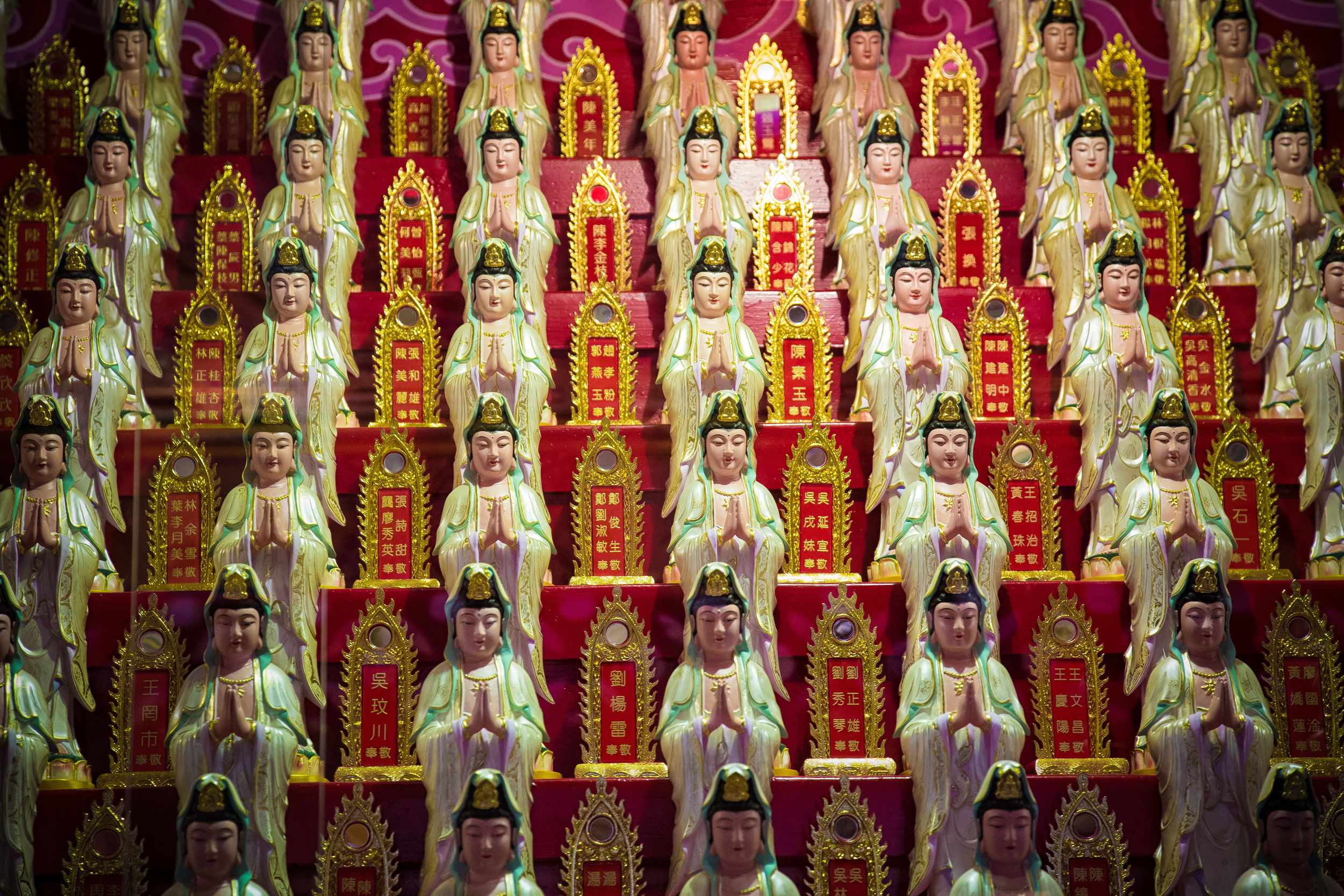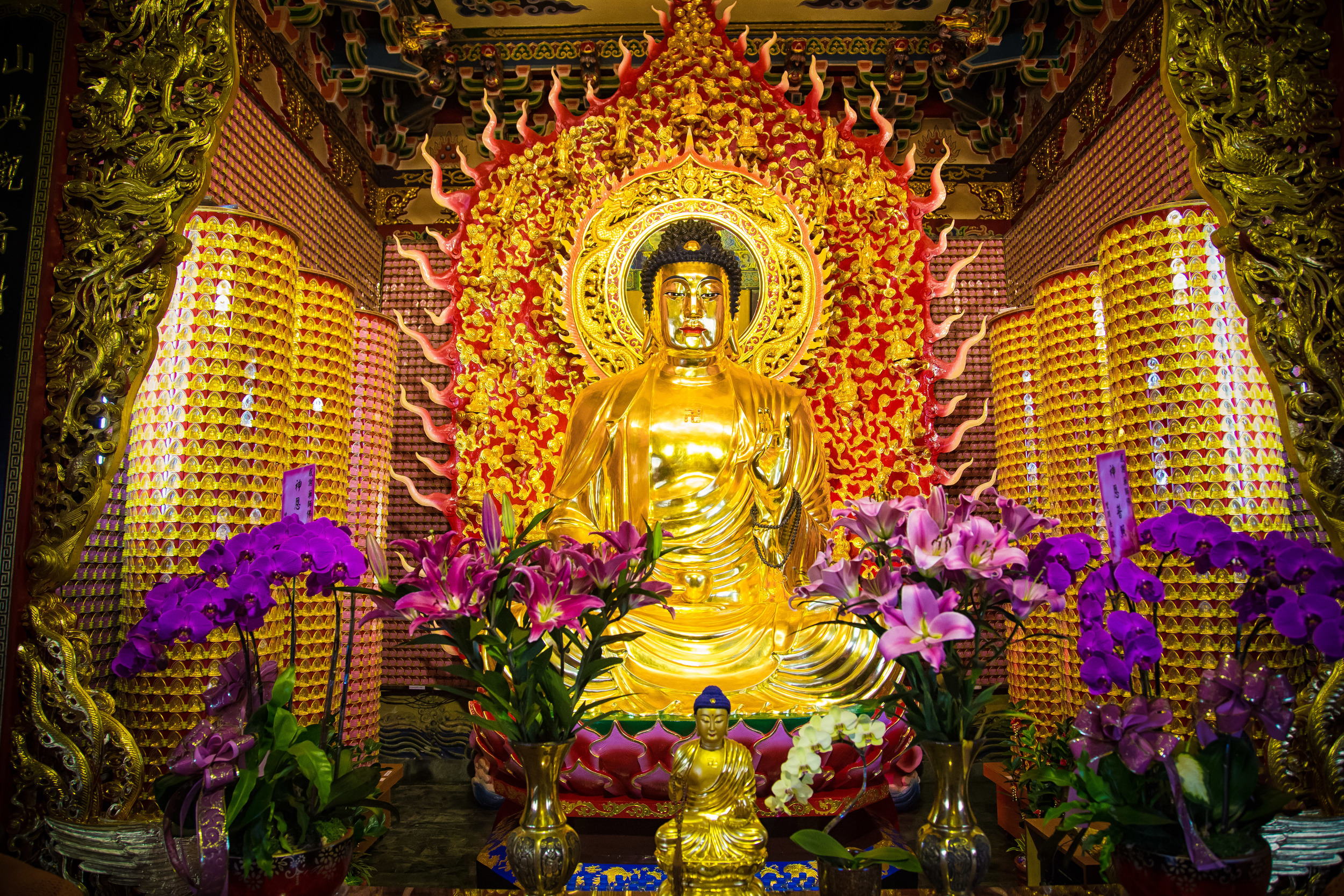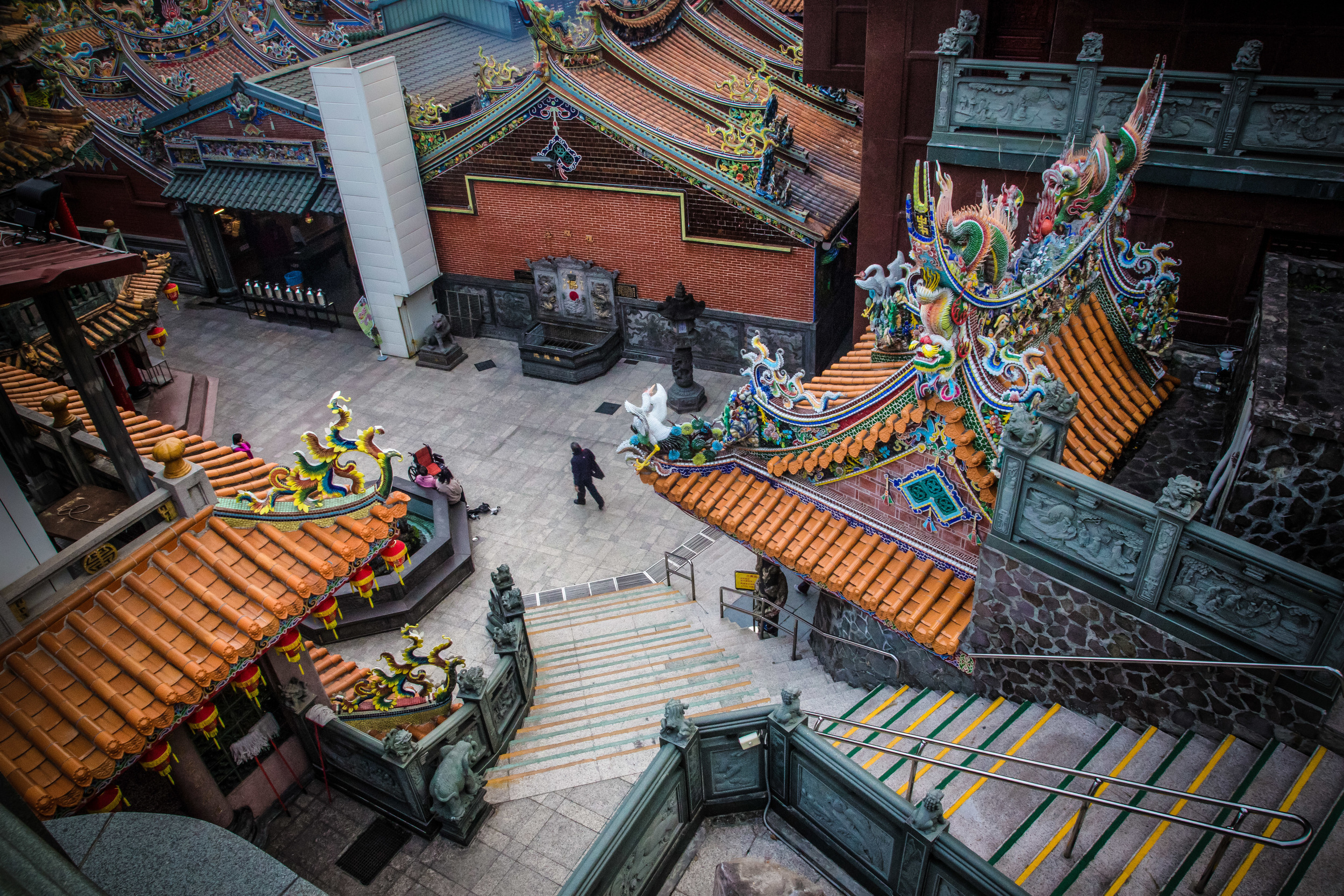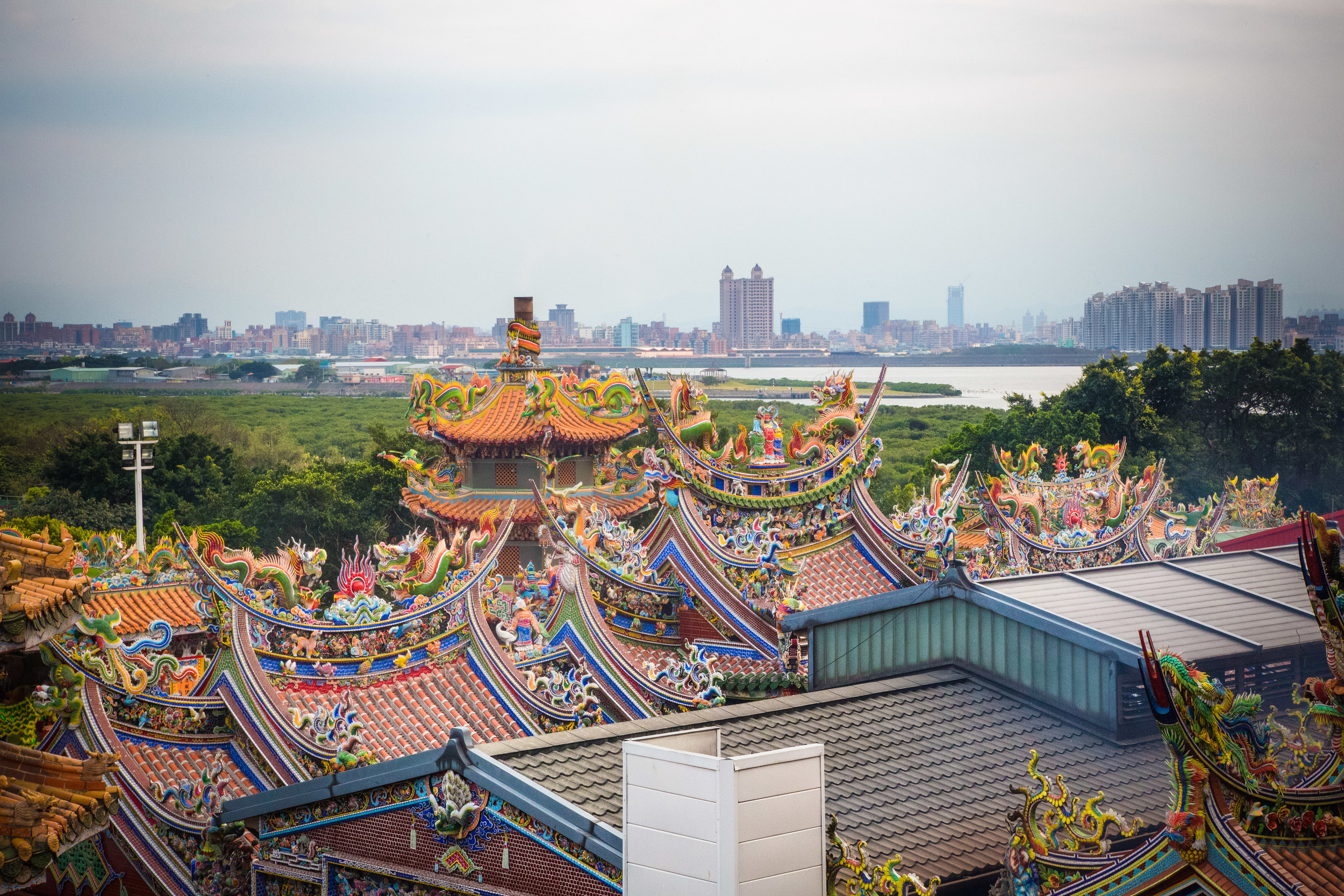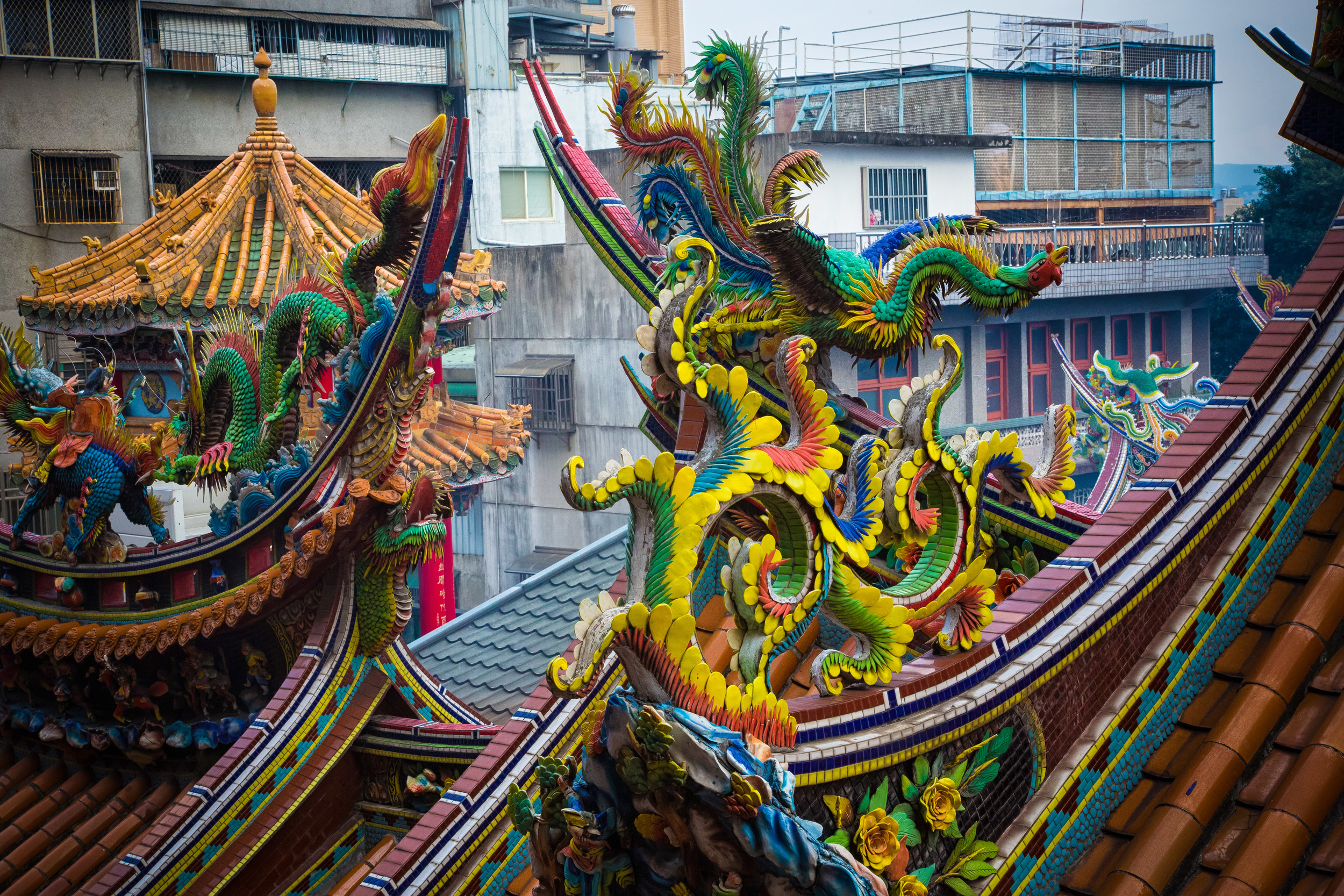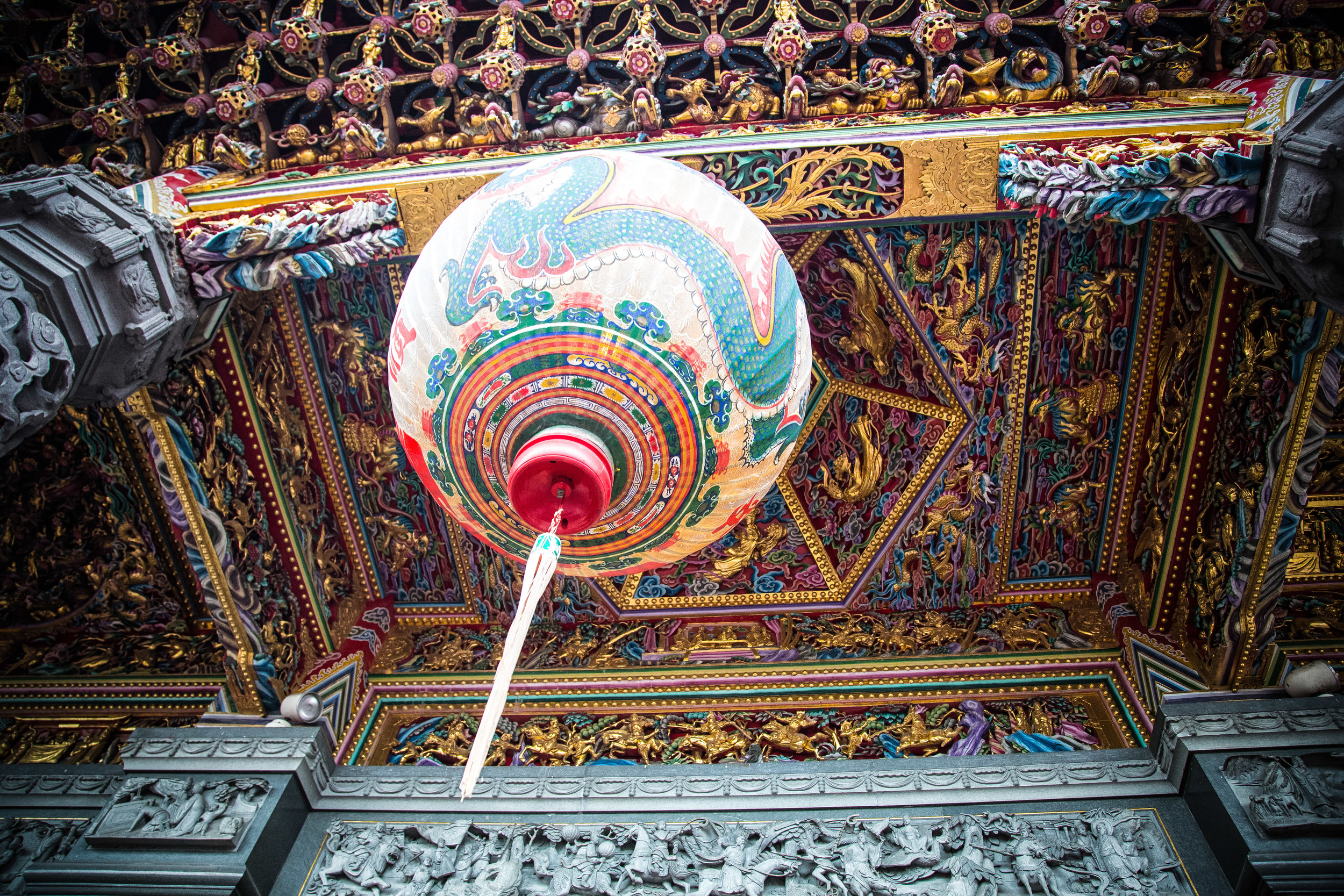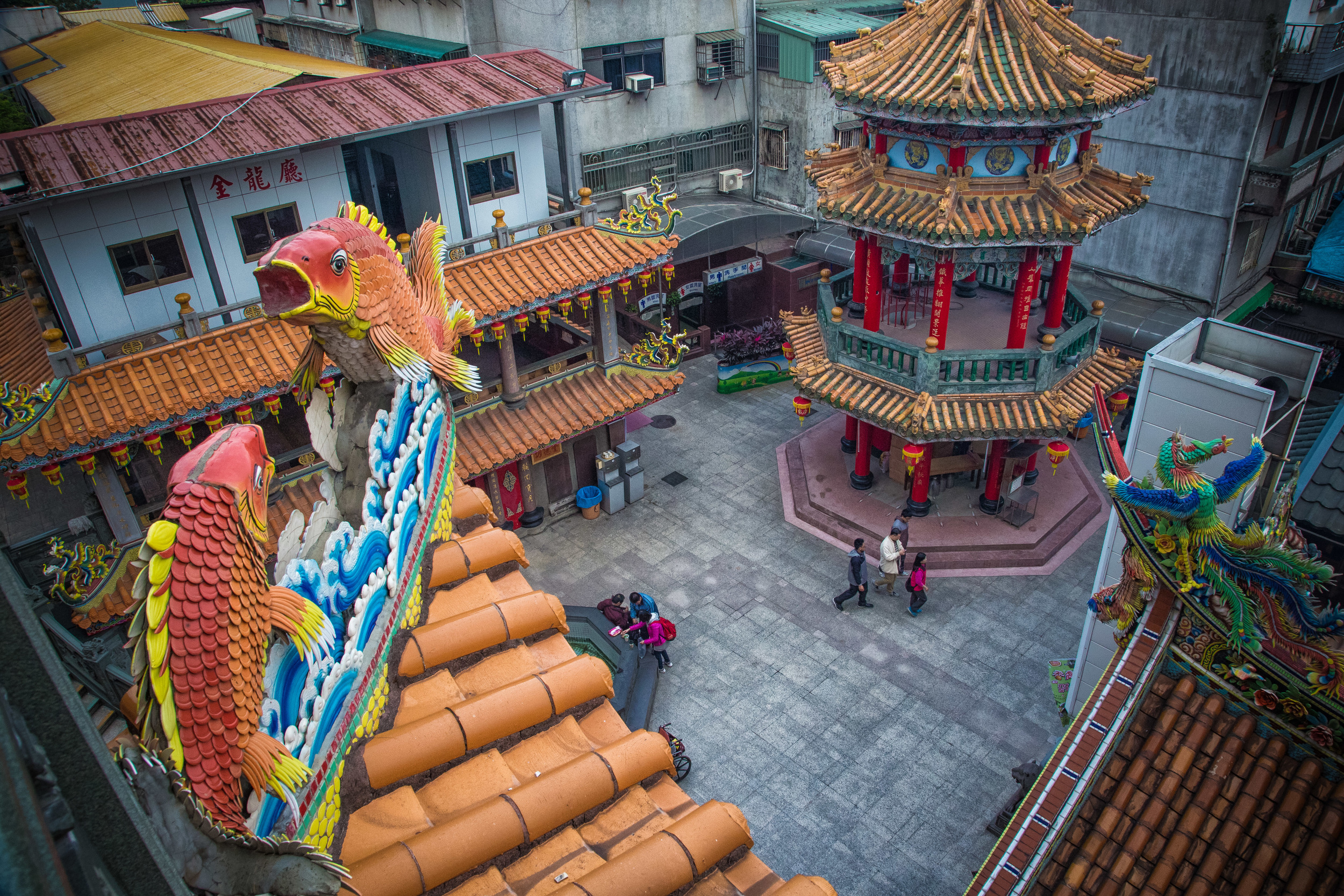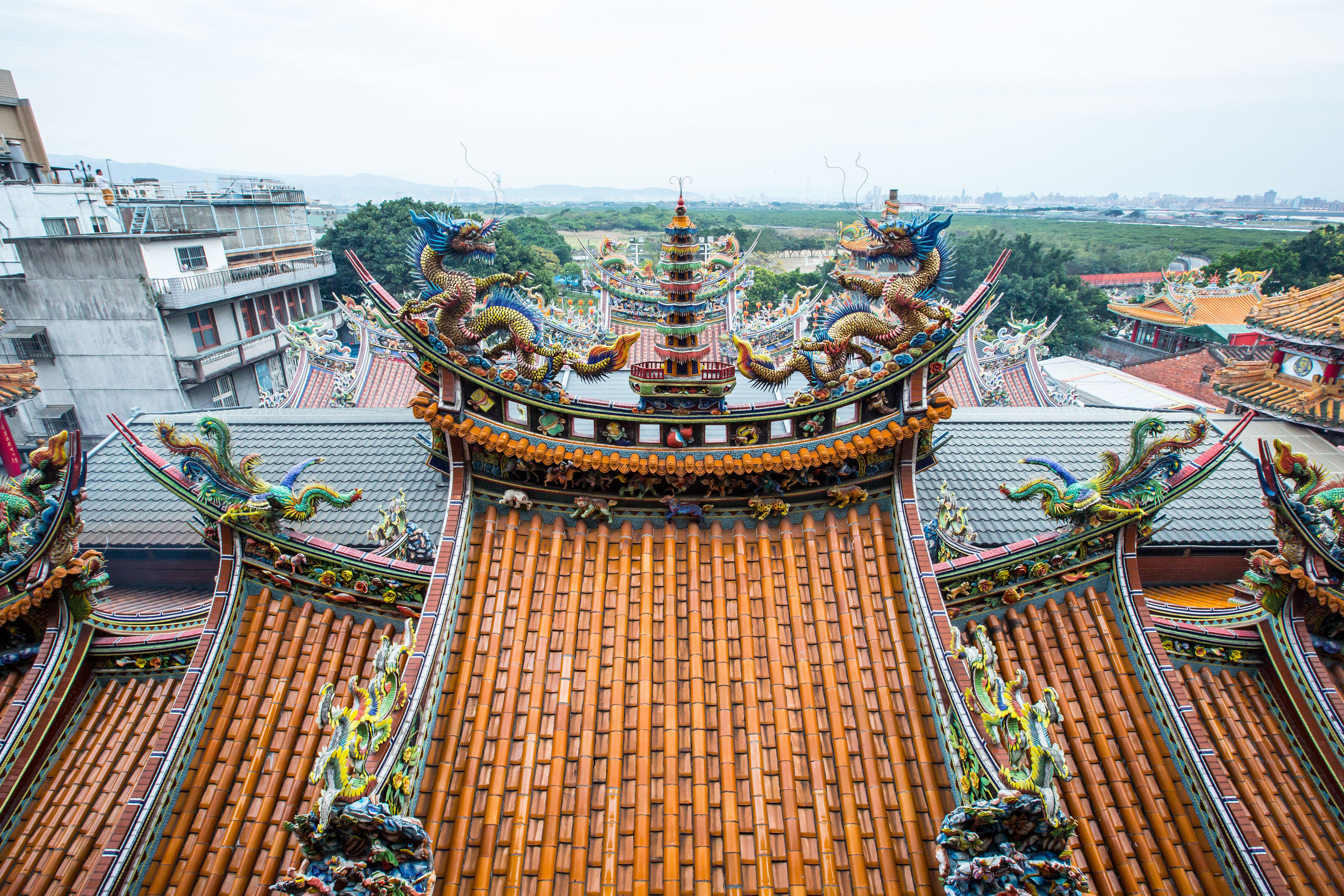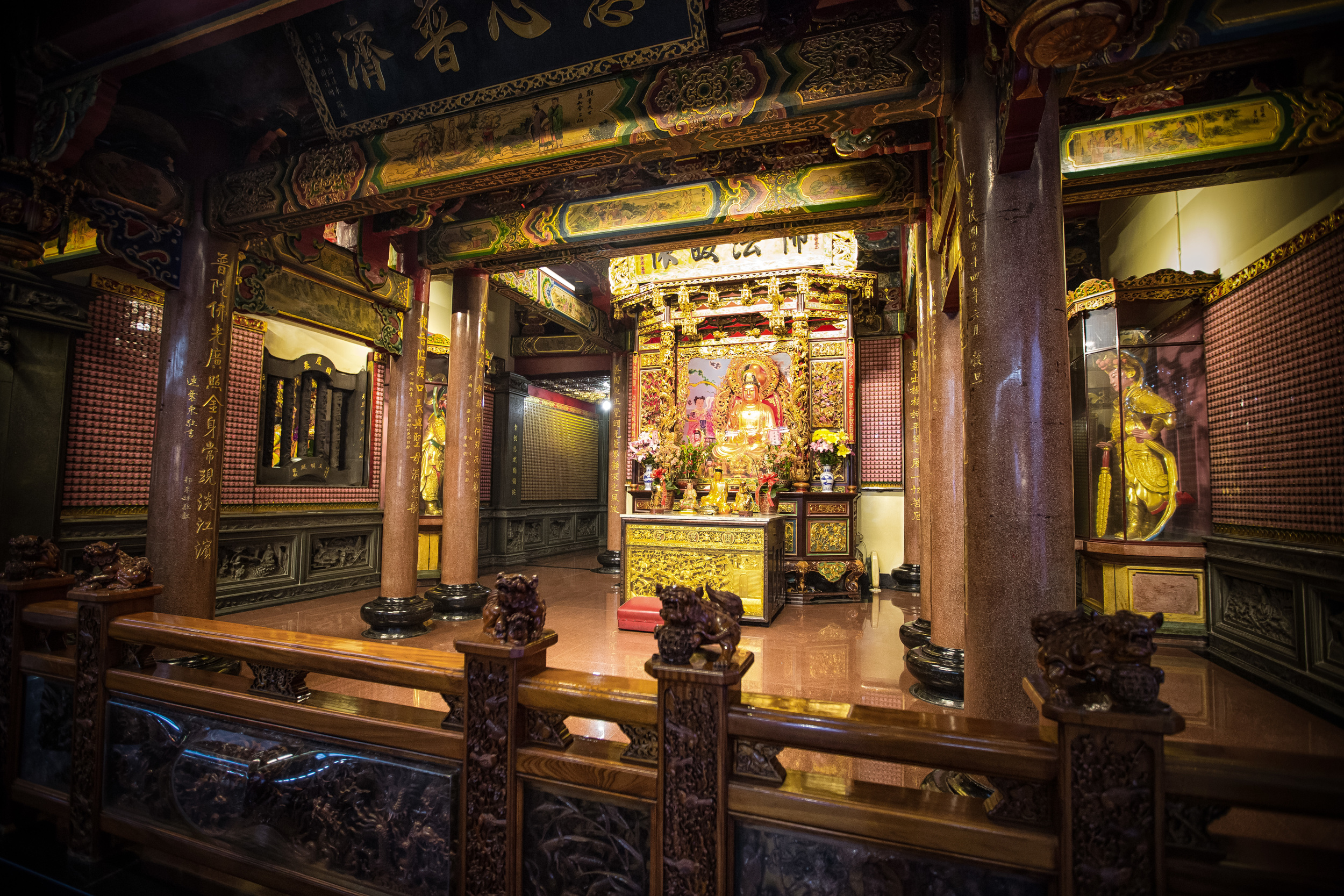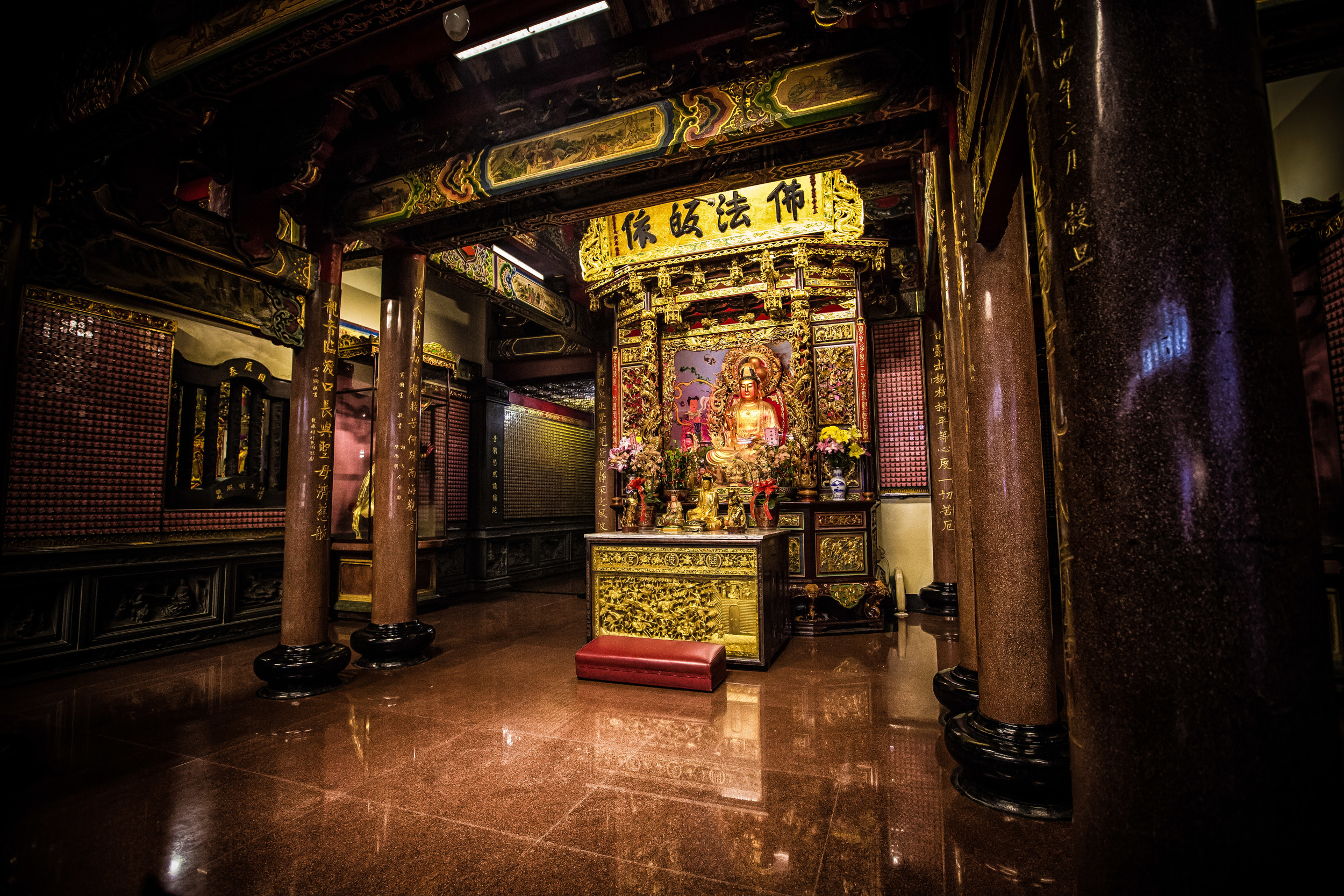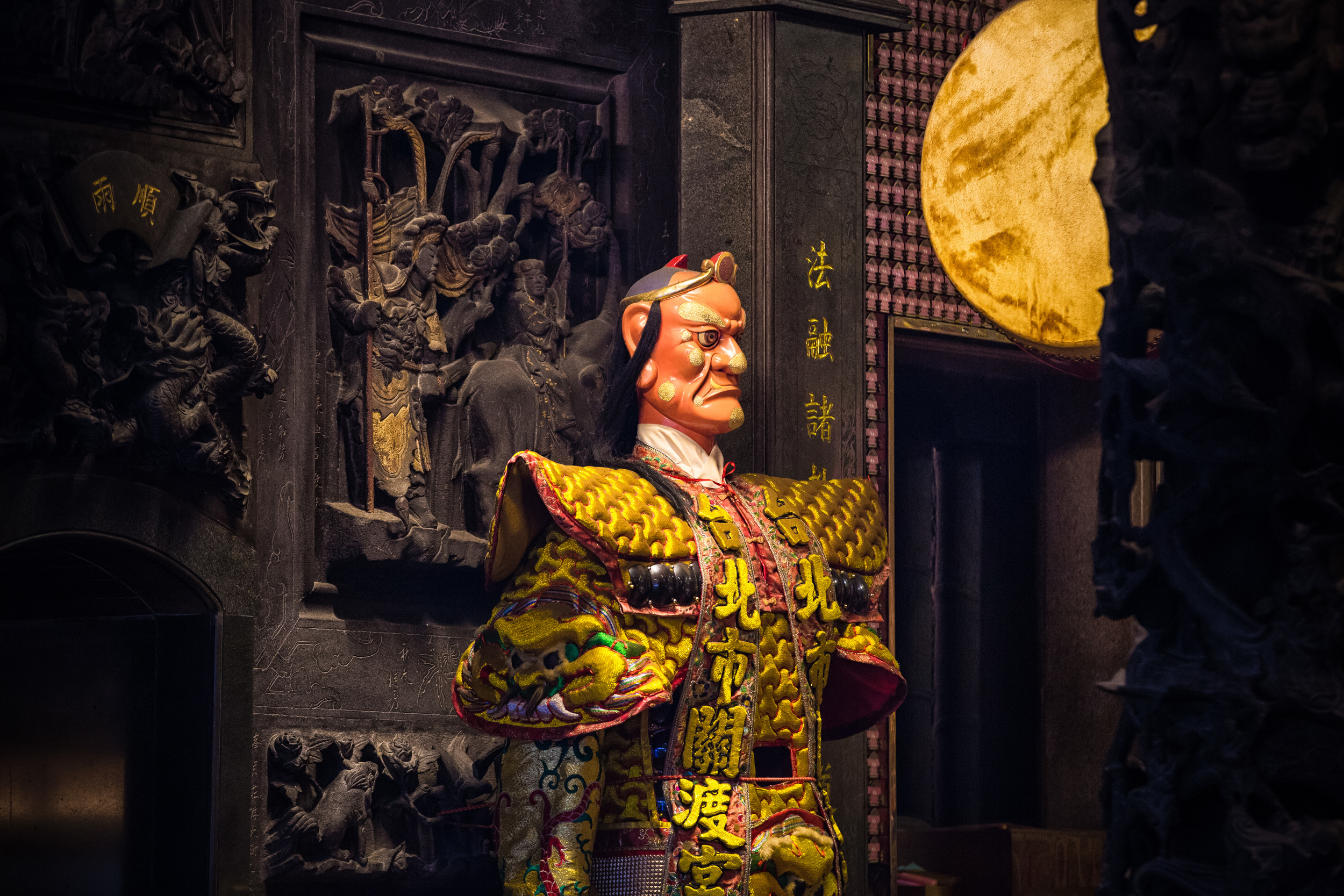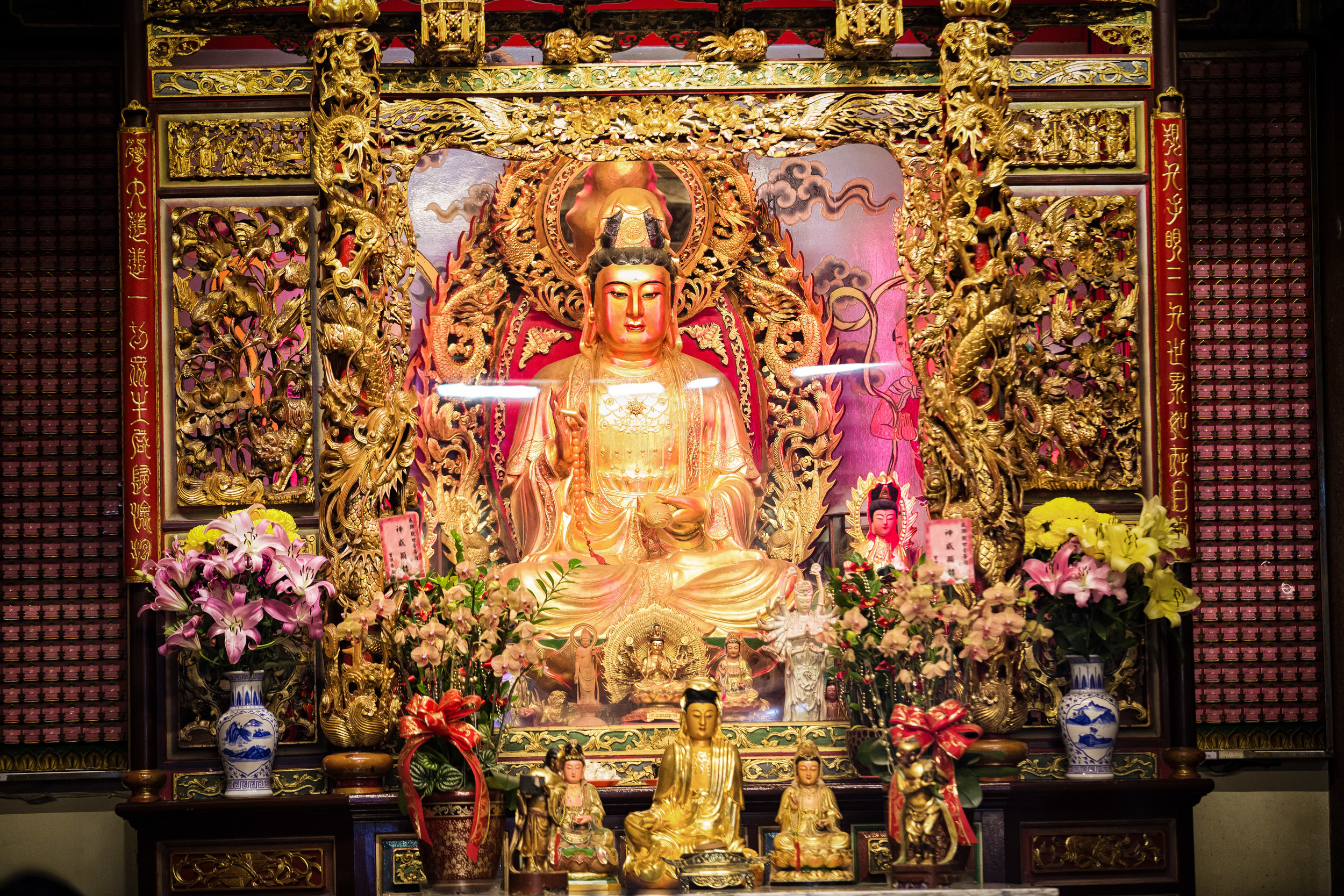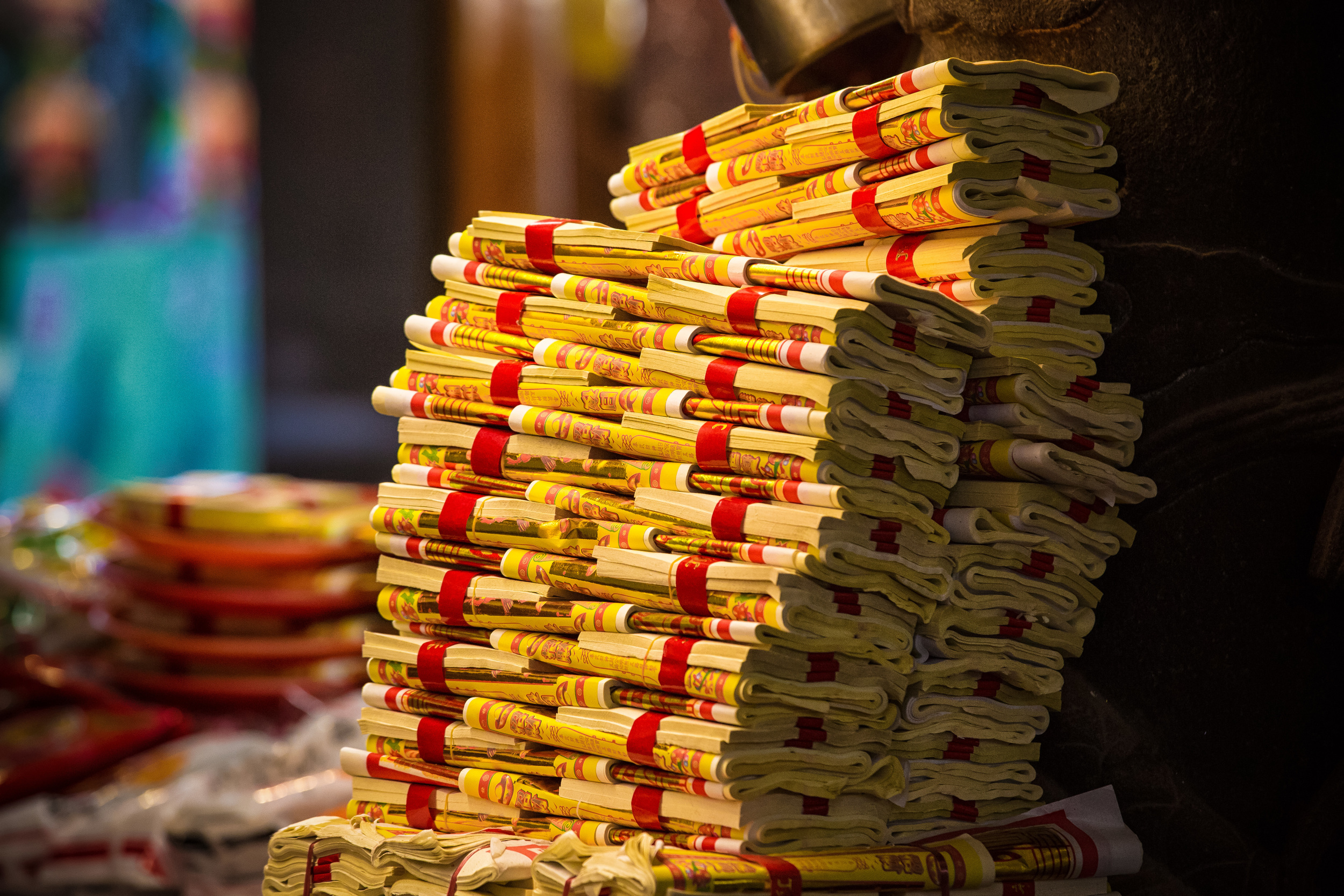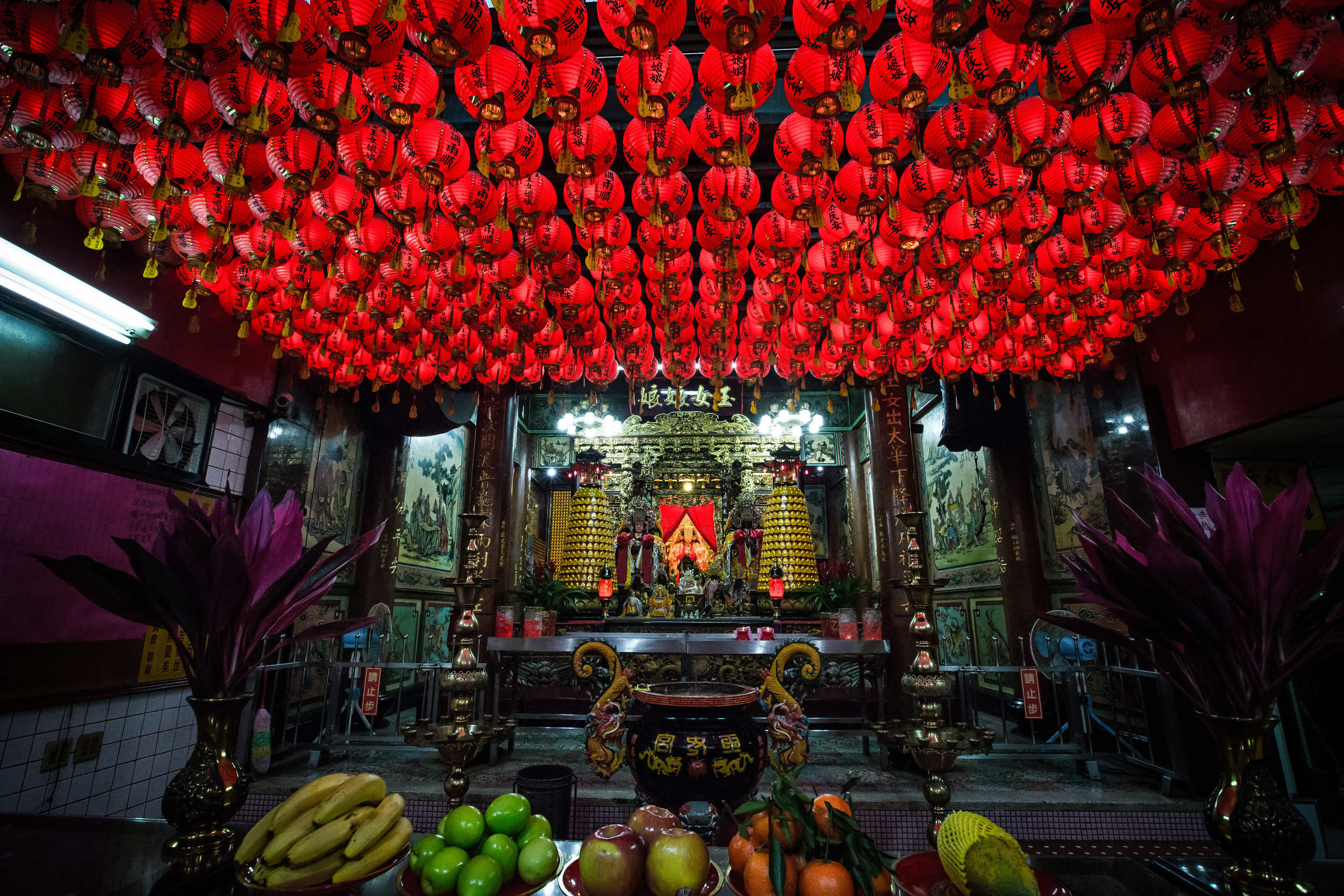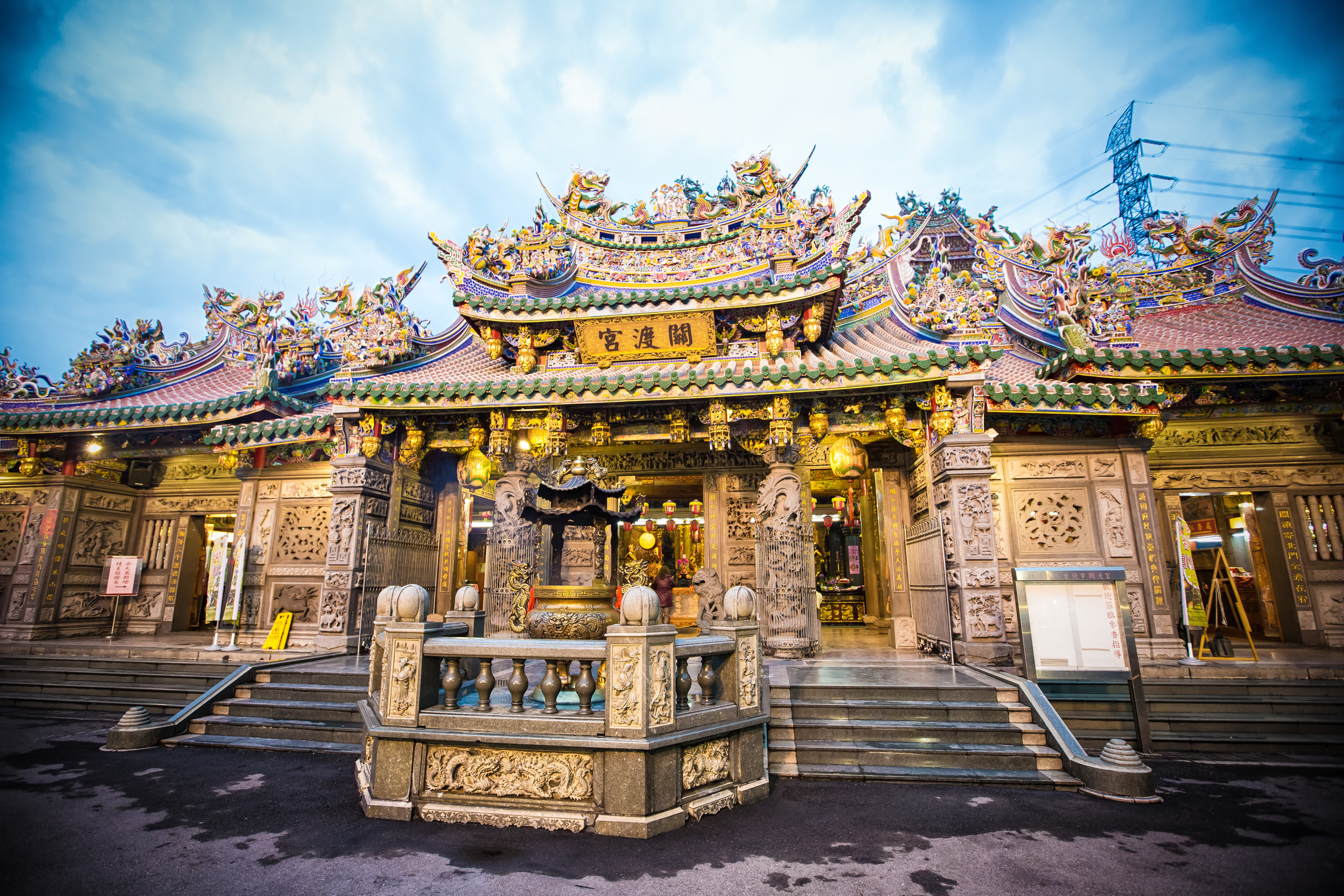The Qingshui Zushi Temple (清水祖師宮) in Sanxia is well known in Taiwan for being unsurpassed when it comes to the amount of craftsmanship and art that has gone into its construction. The design as well as the intricate stone carvings found throughout the temple make it one of Taiwan’s most artistic places of worship and make it a must see for a lot of visitors coming to the country as well as making it the focal point of religious worship, culture and the economy in Sanxia.
The temple was originally built in 1776 by Hokkien (閩南) immigrants who settled in the area. They set up the temple on the banks of the river in Sanxia dedicated it to Qingshui Zushi (清水祖師), a Taoist deity more well-known in China and since then it has been an important place for people in the area to worship. The temple has a 240 year history on the site you see today, but the masterpiece of Taiwanese temple architecture sitting there today is less than fifty years old and has been in a constant state of reconstruction since 1947.
The current Zushi temple is actually version 3.0 as the first was destroyed by earthquake and the second destroyed during the late stages of World War 2 when the area was in a bombed several times while America was making its advance on Japan and its colonies.
The temple was completely destroyed by the bombardment and after the war had finished, it was decided that it would be rebuilt yet again. A famous artist, Li Meishu (李梅樹), who was trained in western style art volunteered to aid in the construction of the temple and with a group of eager college students, made the temple his life's work (working on the temple until his death.) The artist stressed his philosophical views of art and the importance of the work being done on the temple needing to elements of Chinese history, culture and folk stories while adapting and integrating western styles of art.
Truthfully, when I visit the temple, I don't really notice much western influence, but there is a certain vantage point on the second floor balcony where you can look at the main shrine, the courtyard below and the worshippers that makes me stop and think, “Wow, I'm in Asia!”, a feeling that you don't often get while living in modern Taiwan.
For people who appreciate art, this is one of the places in Taiwan that you have to visit. I'm a big fan of Taiwanese temple art and the detail that goes into making these places of worship. Whenever I'm at this temple, I feel like I could spend hours there looking at and appreciating the work that went into making the temple the way it is today. There is so much detail to appreciate that you really could spend hours looking at all the stone work and still miss 90% of the detail involved. The artistic legacy left by Li Meishu is awe-inspiring and sets an extremely high standard for all of those follow in his footsteps today.
Apart from the artistic aspects of the the temple, I suppose it's important to note that the temple is dedicated to somewhat of an obscure “deity” who isn't worshipped as much as some other of the prominent Taoist deities. Master Qingshui (清水祖師) a Buddhist monk who lived over 1500 years ago. Qingshui is credited with being so highly skilled in Buddhist doctrine that he gained supernatural powers. The monk was eventually deified in Taoism for his efforts in using his supernatural skills to end a terrible drought that plagued Anxi county (安溪縣) in Fujian Province.
The strangest aspect of Qingshui Zushi worship in Taiwan and especially at this specific temple is that every year the infamous Pigs of God festival is held in his honour. It seems a bit strange to honour a Buddhist monk by performing animal sacrifice, but I suppose this is where Taoism takes over with respect to his worship as a Taoist God.
If the temple is renowned for its world-class artistry and craftsmanship, then it is equally infamous for the yearly display of the Pigs of God festival, that makes the ‘Pigs of God festival’ I covered earlier this summer during Ghost Month look like child's play.
Despite widespread protest, the festival attracts thousands of people every year and it seems like the way of compensating for the amount of people who take part in the activity and the interest it generates is to grow the pigs progressively larger, which ultimately means that they go through a tremendous amount of suffering and cruelty during their short lives.
The festival puts an ugly face on what is an otherwise important temple culturally-speaking and for that one week a year, the temple becomes a sensational spectacle. I prefer to focus on the art inside the temple rather than anything outside – the art left behind by Li Meishu and his team of artisans is something that we can all appreciate and what they achieved is important for the preservation of art and history.


